
English Encyclopedia
 California-CA
California-CA
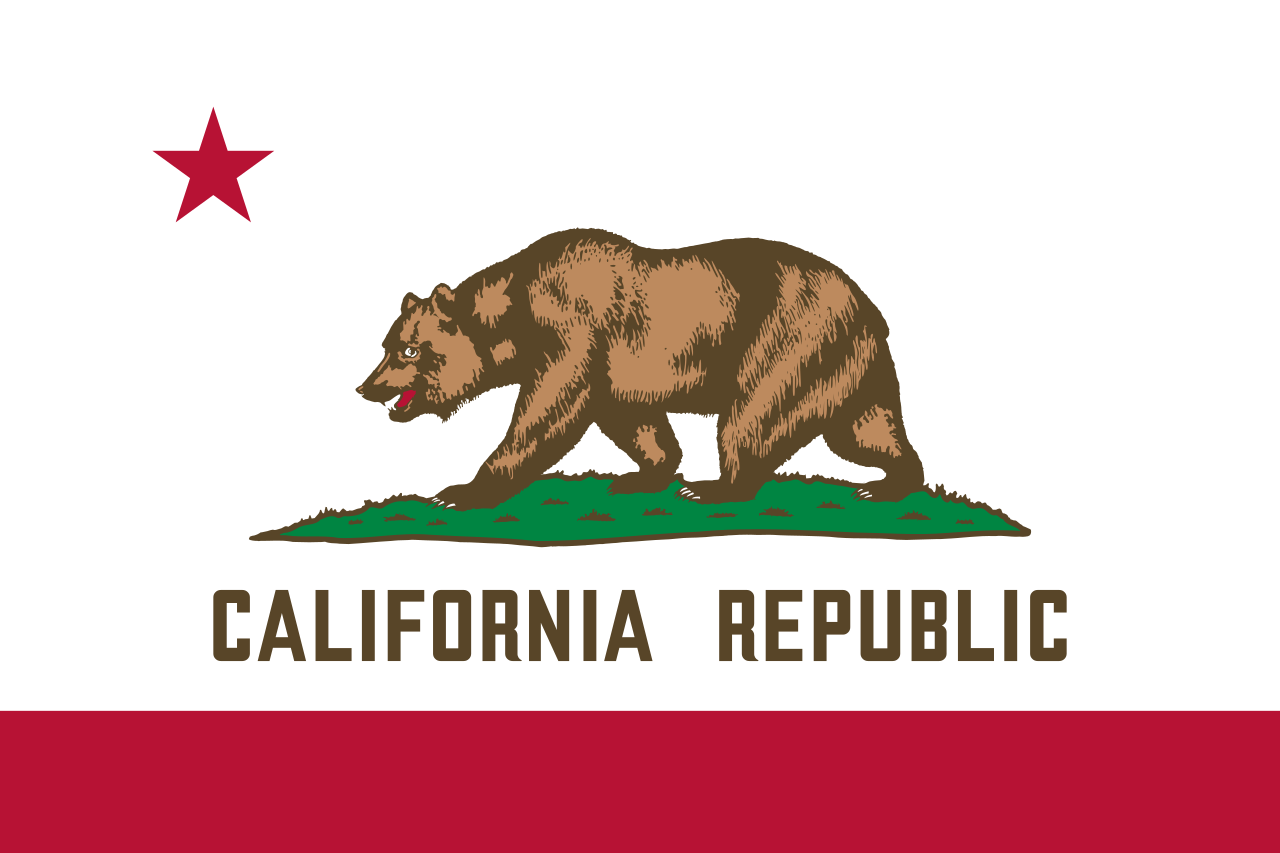
 America´s Cup 2017
America´s Cup 2017
 Australia
Australia

 California-CA
California-CA

 China
China

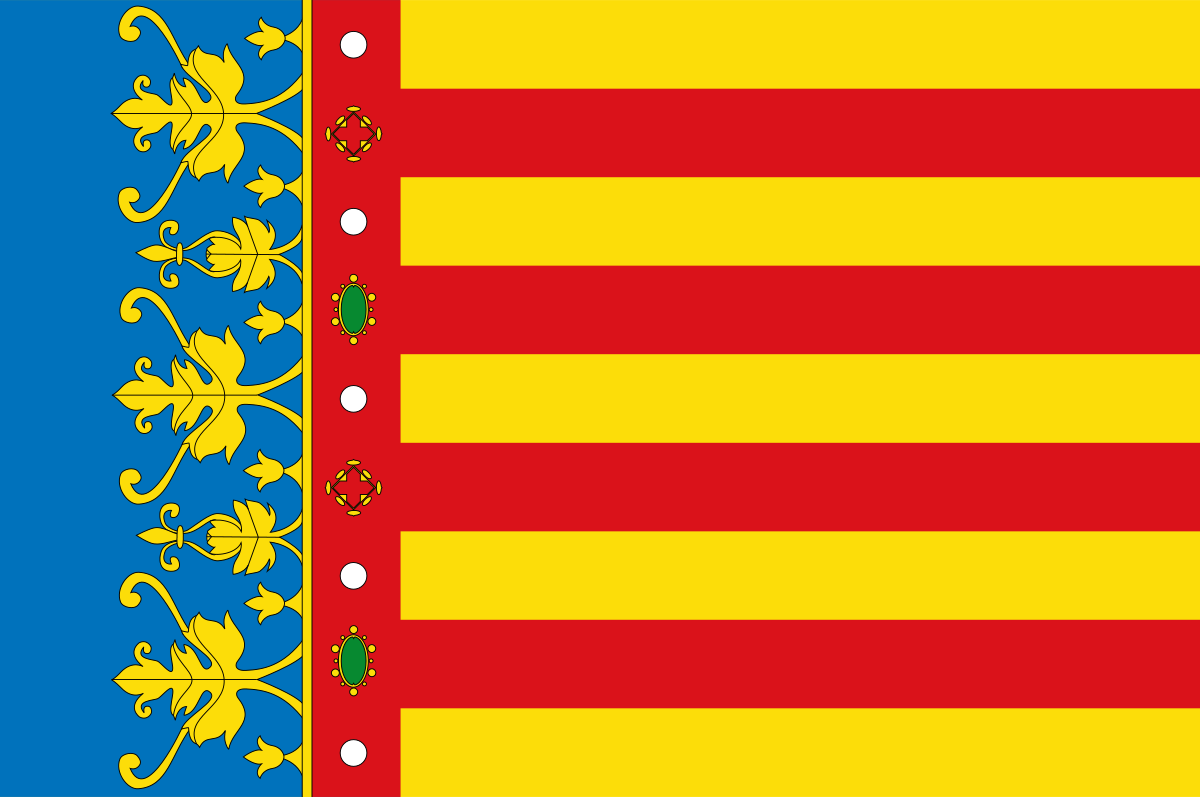 Valencian Community
Valencian Community
 England
England
 France
France
 Greece
Greece

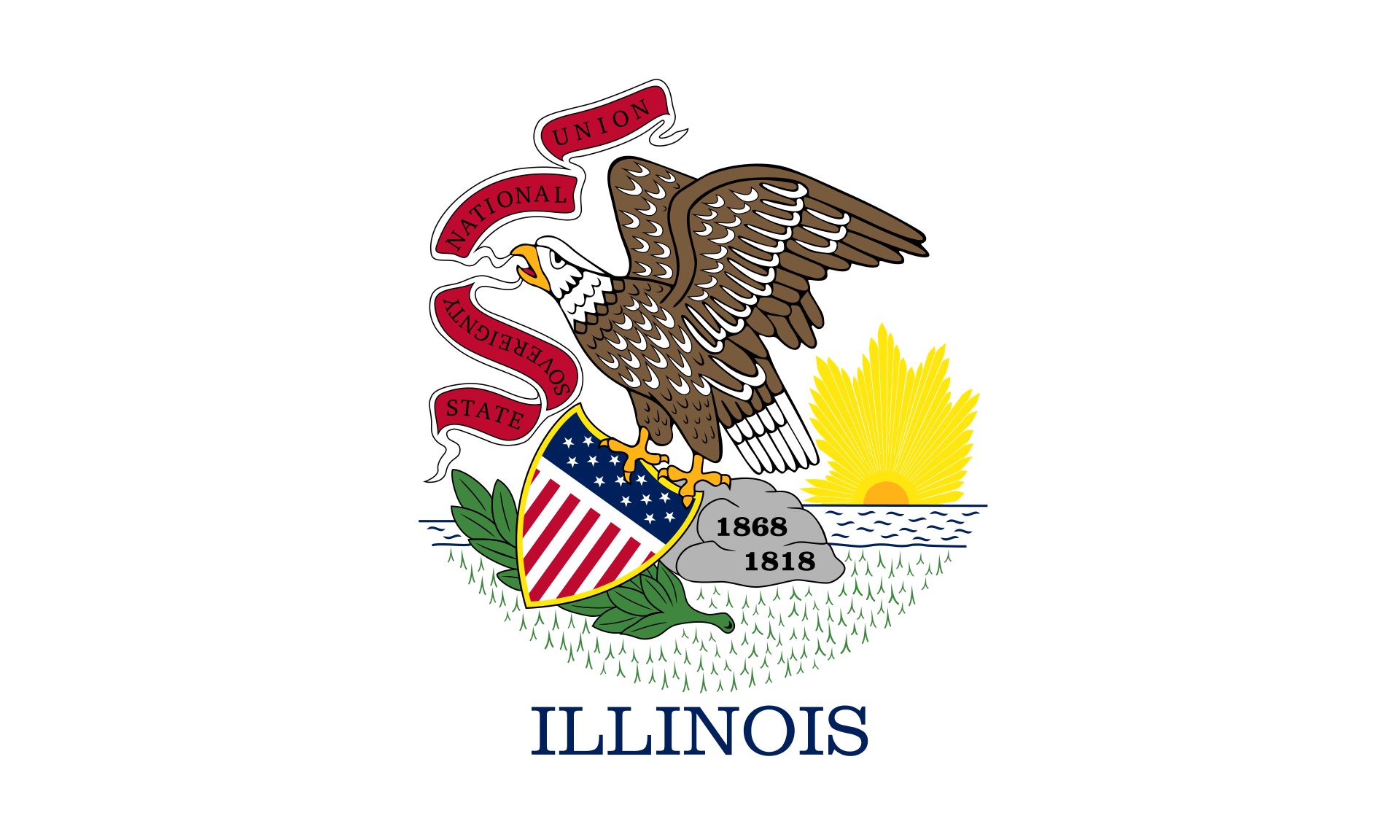 Illinois-IL
Illinois-IL
 Italy
Italy
 Japan
Japan
 Kyūshū
Kyūshū
 New Zealand
New Zealand

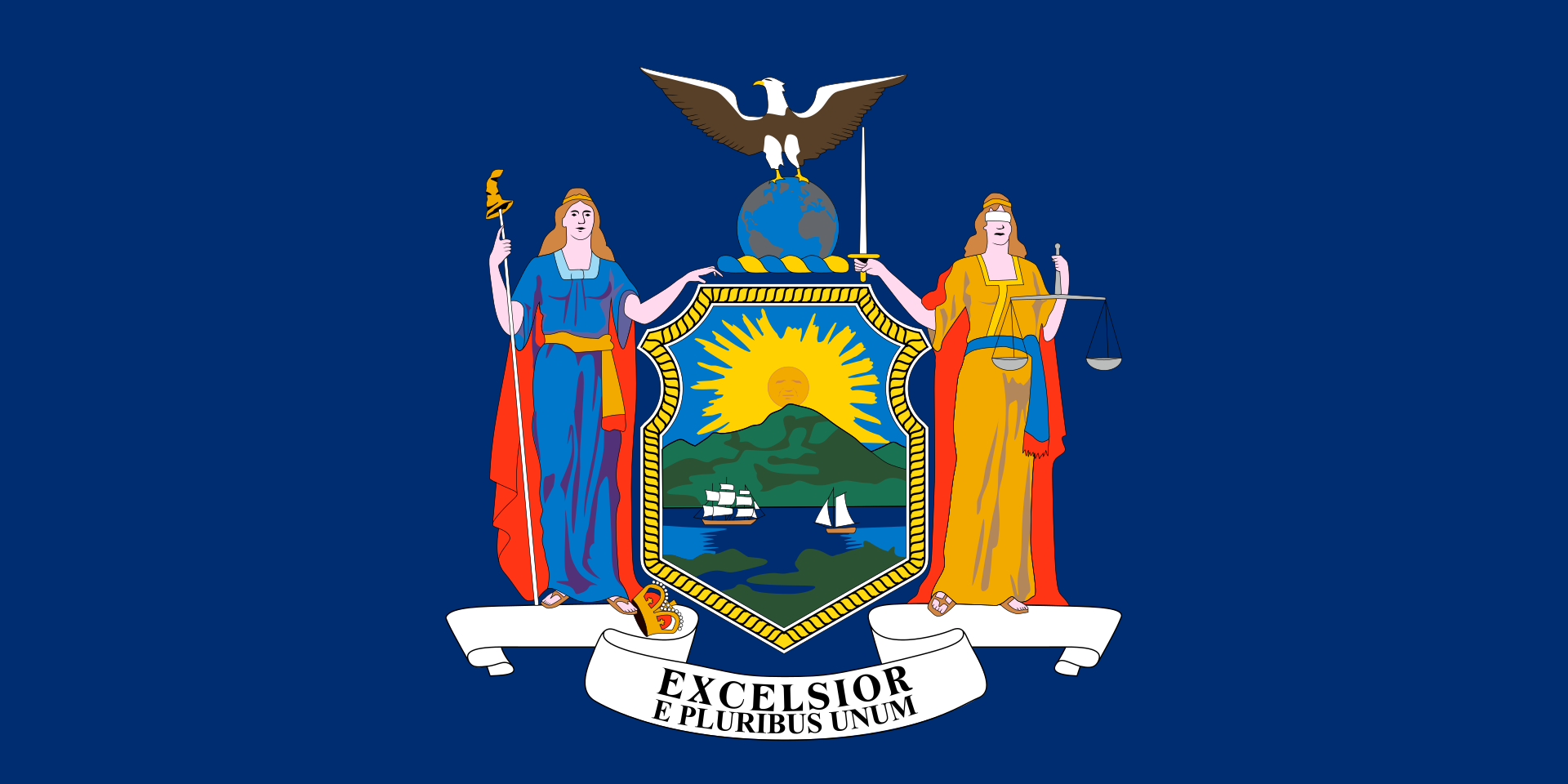 New York-NY
New York-NY
 Oman
Oman
 Austria
Austria

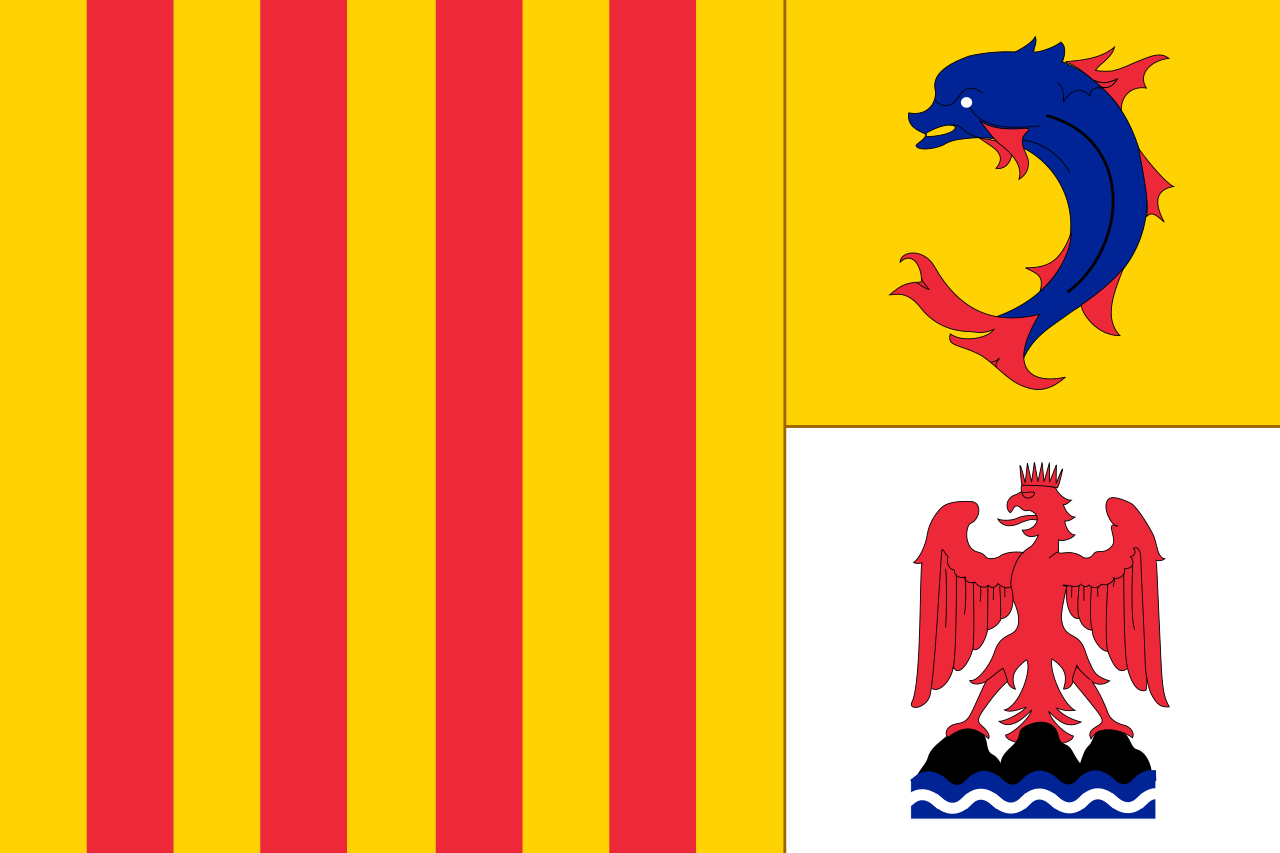 Provence-Alpes-Côte d´Azur
Provence-Alpes-Côte d´Azur
 Republic of Korea
Republic of Korea

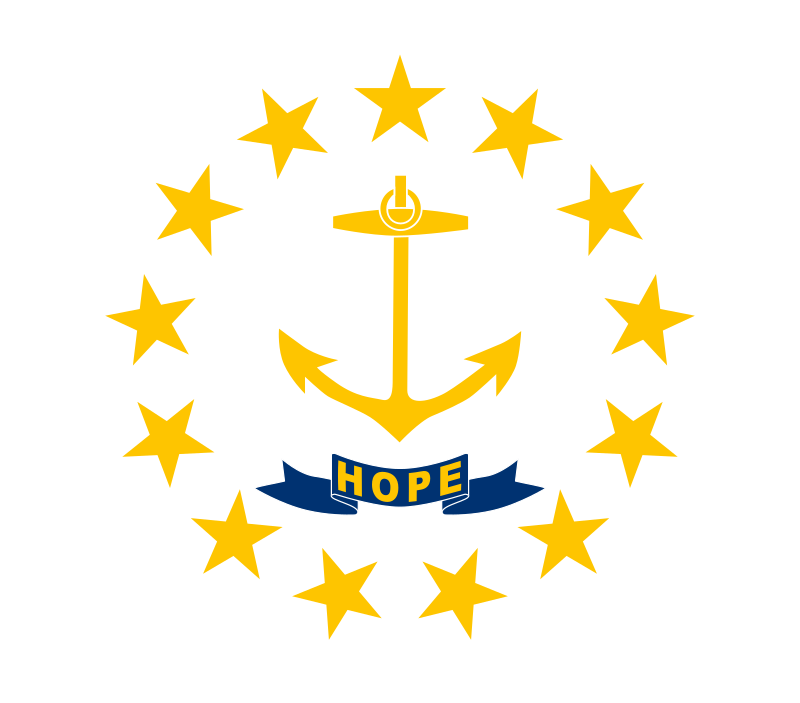 Rhode Island-RI
Rhode Island-RI
 Russia
Russia

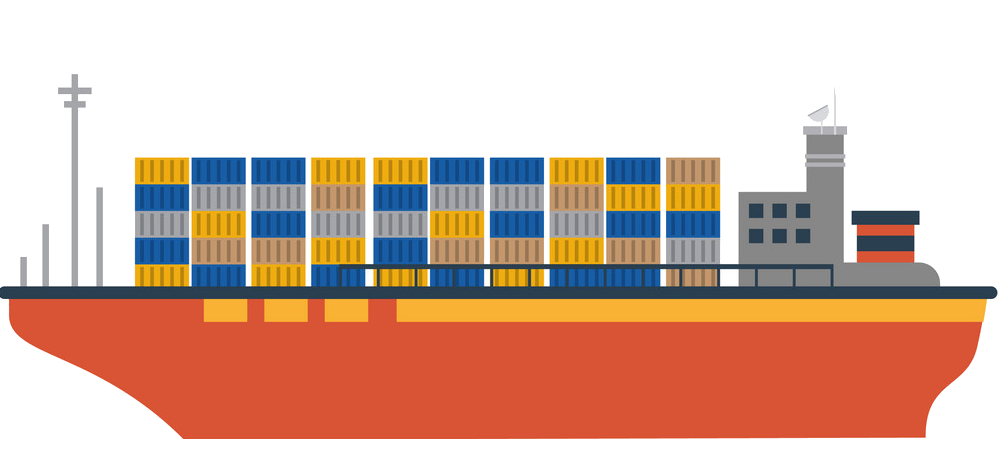 Ships and Nautics
Ships and Nautics
 Sweden
Sweden
 Spain
Spain

 Sport
Sport
 America´s Cup
America´s Cup

 United Kingdom
United Kingdom
 United Kingdom
United Kingdom

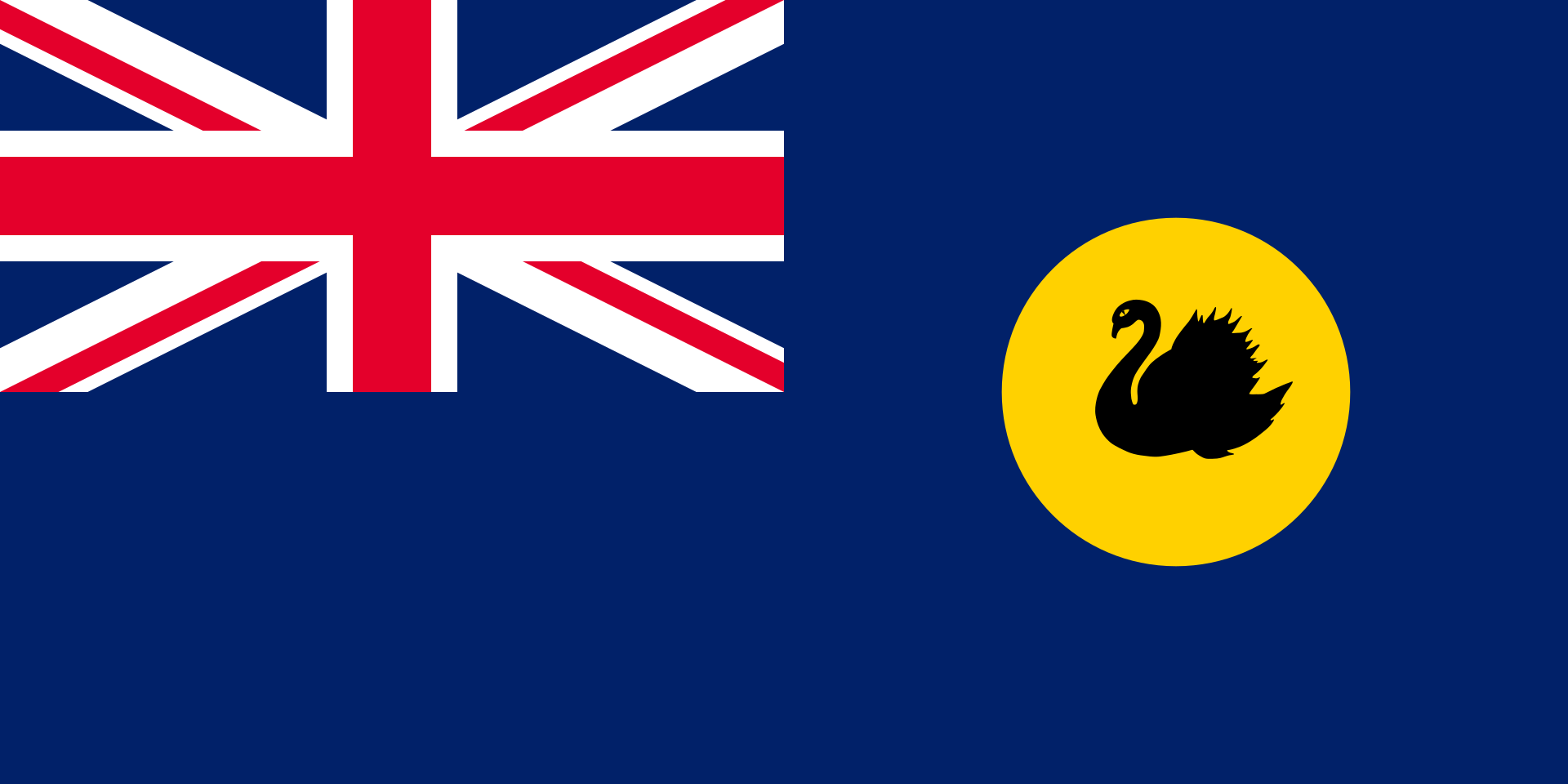 Western Australia-WA
Western Australia-WA

The America's Cup, affectionately known as the Auld Mug, is a trophy awarded to the winner of the America's Cup match races between two sailing yachts. One yacht, known as the defender, represents the yacht club that currently holds the America's Cup and the second yacht, known as the challenger, represents the yacht club that is challenging for the cup. The timing of each match is determined by an agreement between the defender and the challenger. The America's Cup is the oldest international sporting trophy.[1][2][3] It will next be raced for in the southern summer, in the early part of 2021.[4]
The cup was originally awarded in 1851 by the Royal Yacht Squadron for a race around the Isle of Wight in the United Kingdom, which was won by the schooner America. The trophy, originally named the '£100 Cup', was renamed the America's Cup after the yacht and was donated to the New York Yacht Club (NYYC) under the terms of the Deed of Gift, which made the cup available for perpetual international competition.
Any yacht club that meets the requirements specified in the deed of gift has the right to challenge the yacht club that holds the cup. If the challenging club wins the match, it gains stewardship of the cup.
The history and prestige associated with the America's Cup attracts not only the world's top sailors and yacht designers but also the involvement of wealthy entrepreneurs and sponsors. It is a test not only of sailing skill and boat and sail design, but also of fundraising and management skills.
The trophy was held by the NYYC from 1857 (when the syndicate that won the cup donated the trophy to the club) until 1983. The NYYC successfully defended the trophy twenty-four times in a row before being defeated by the Royal Perth Yacht Club, represented by the yacht Australia II. The NYYC's reign was the longest winning streak (in terms of date) in the history of all sports.[5]
From the first defence of the cup in 1870 through the twentieth defence in 1967, there was always only one challenger. In 1970, for the first time, there were multiple challengers, so the NYYC agreed that the challengers could run a selection series with the winner becoming the official challenger and competing against the defender in the America's Cup match. Since 1983, Louis Vuitton has sponsored the Louis Vuitton Cup as a prize for the winner of the challenger selection series.
Early matches for the cup were raced between yachts 65–90 ft (20–27 m) on the waterline owned by wealthy sportsmen. This culminated with the J-Class regattas of the 1930s. After World War II and almost twenty years without a challenge, the NYYC made changes to the deed of gift to allow smaller, less expensive 12-metre class yachts to compete; this class was used from 1958 until 1987. It was replaced in 1990 by the International America’s Cup Class which was used until 2007.
After a long legal battle, the 2010 America's Cup was raced in 90 ft (27 m) waterline multihull yachts in a best of three "deed of gift" match in Valencia, Spain. The victorious Golden Gate Yacht Club then elected to race the 2013 America's Cup in AC72 foiling, wing-sail catamarans. Golden Gate Yacht Club successfully defended the cup. The 35th America's Cup match was announced to be sailed in 50 ft foiling catamarans.[6]
The history of the America's Cup has included legal battles and disputes over rule changes including most recently over the rule changes for the 2017 America's Cup.[7]
The America's Cup is currently held by the Royal New Zealand Yacht Squadron,[8] who will stage the 36th defence of the Cup in 2021.

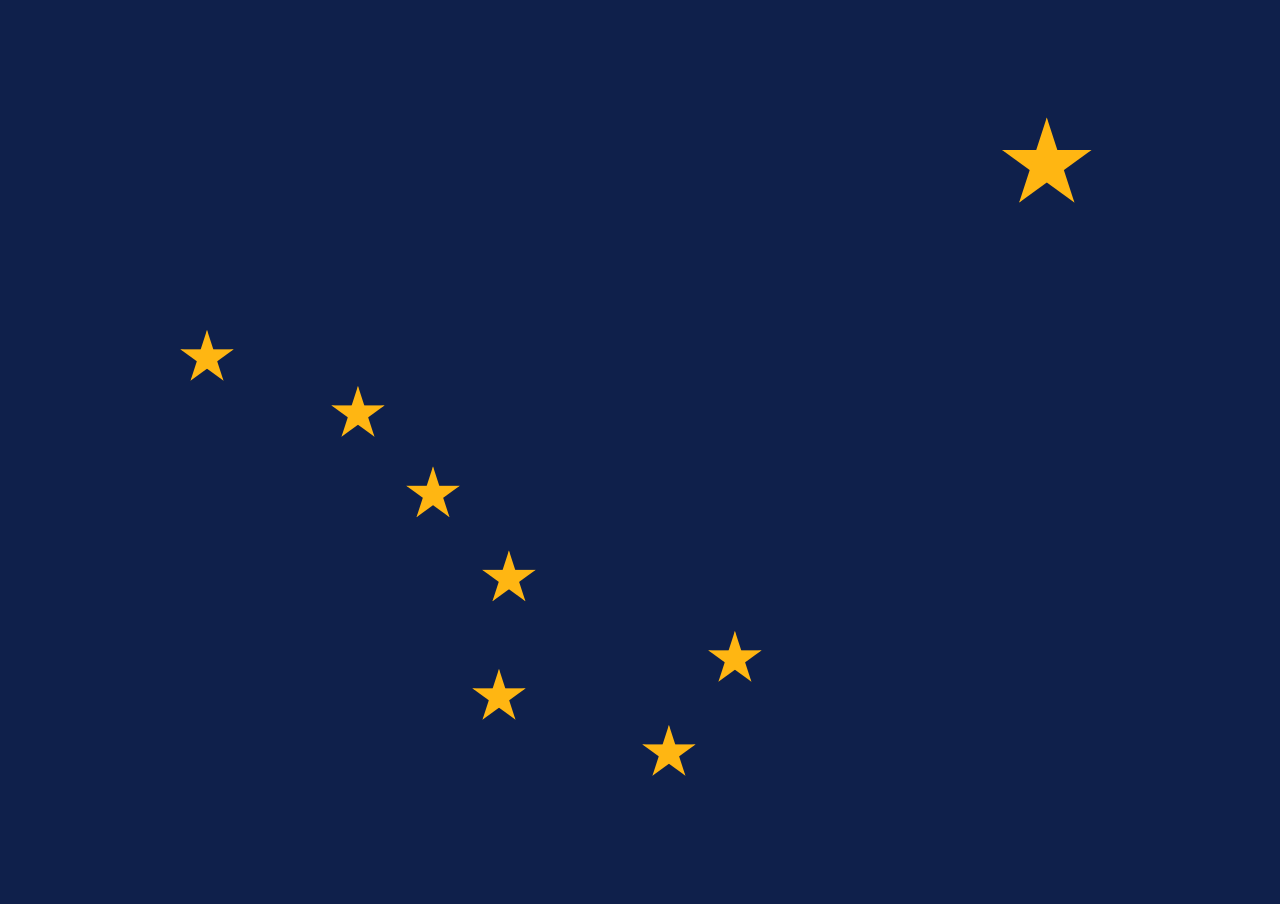 Alaska-AK
Alaska-AK
 Argentina
Argentina
 Bolivia
Bolivia

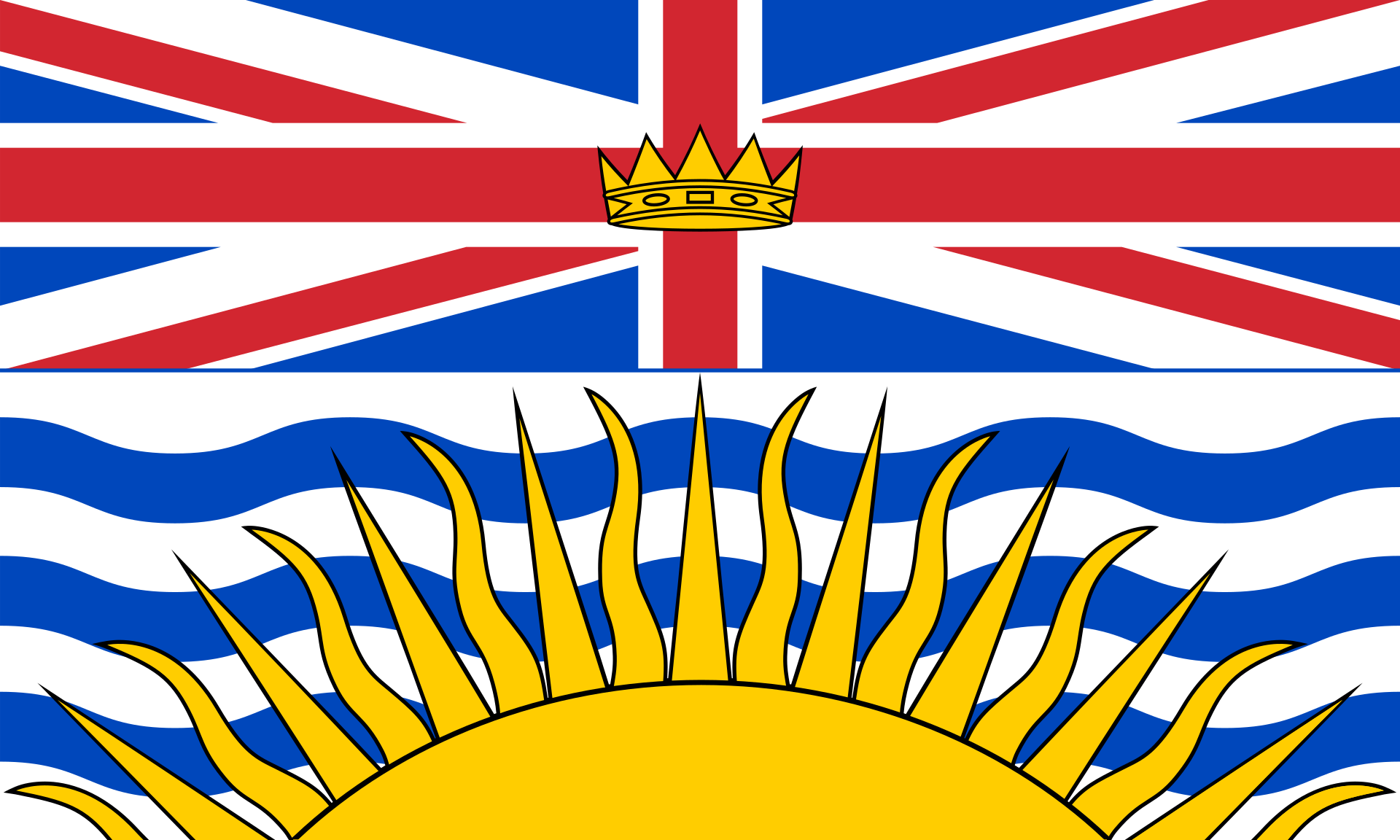 British Columbia-BC
British Columbia-BC

 California-CA
California-CA

 Chile
Chile
 Columbia
Columbia
 Costa Rica
Costa Rica
 Ecuador
Ecuador
 Guatemala
Guatemala
 Honduras
Honduras
 Mexico
Mexico

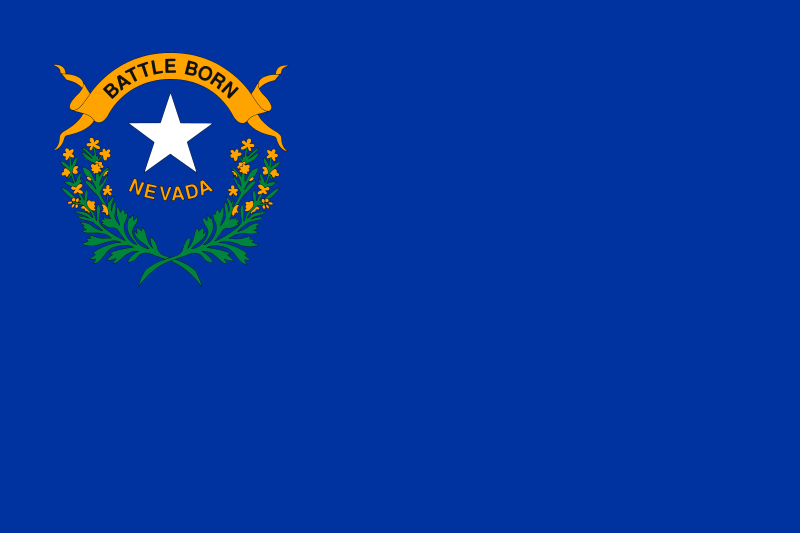 Nevada-NV
Nevada-NV
 Nicaragua
Nicaragua

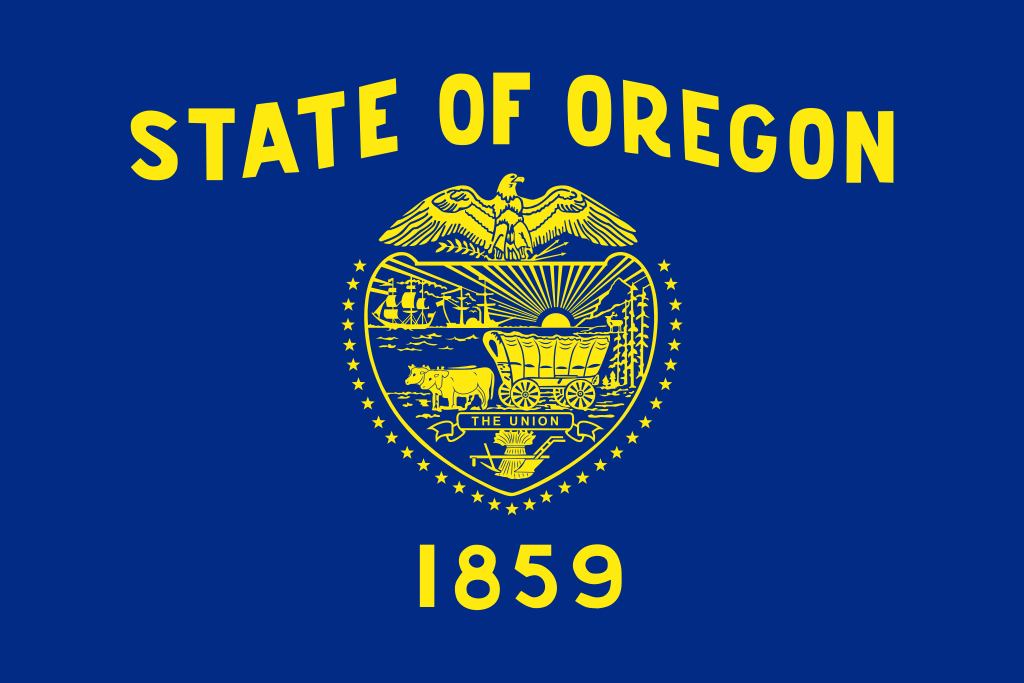 Oregon-OR
Oregon-OR
 Panama
Panama
 Peru
Peru

 Venezuela
Venezuela

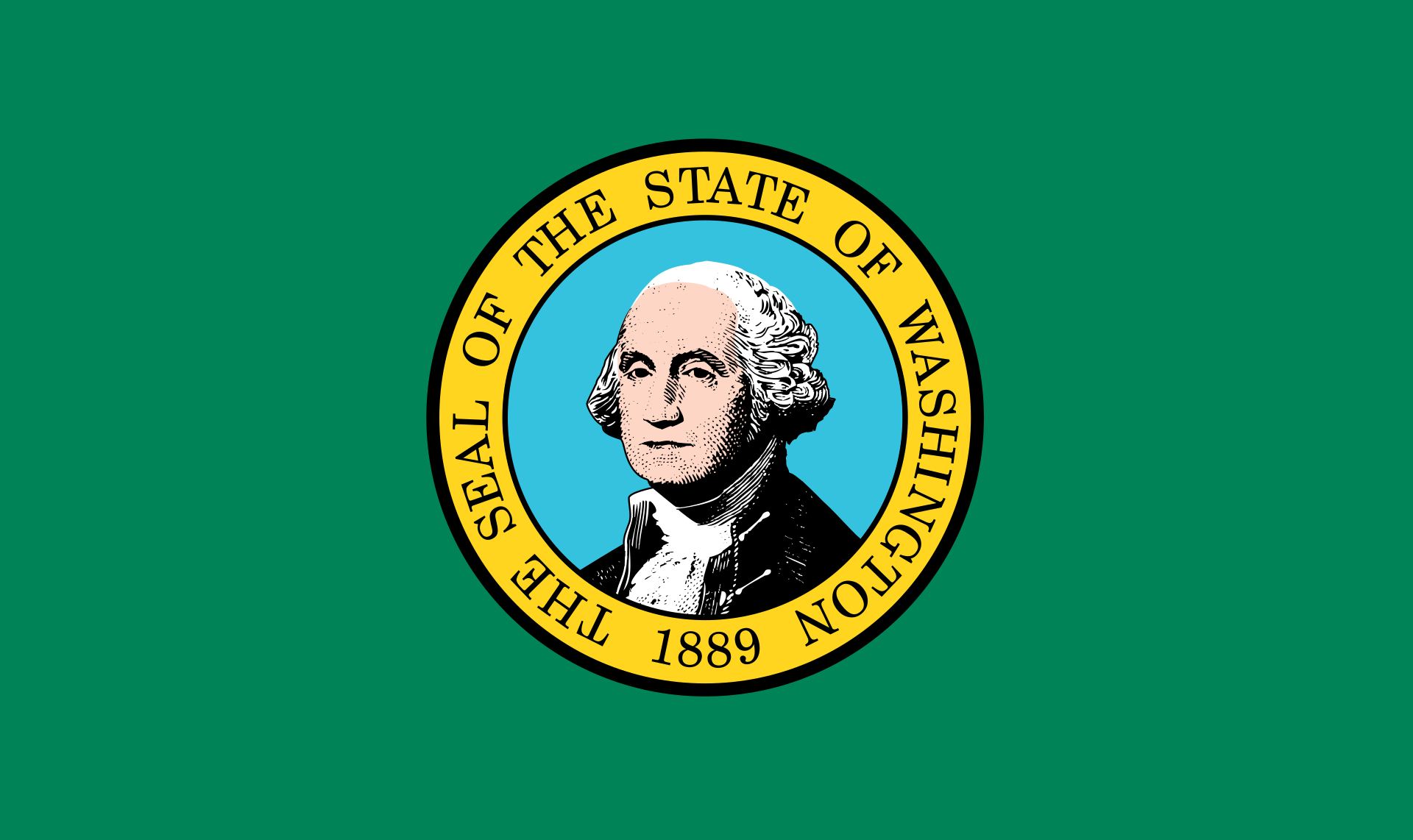 Washington-WA
Washington-WA
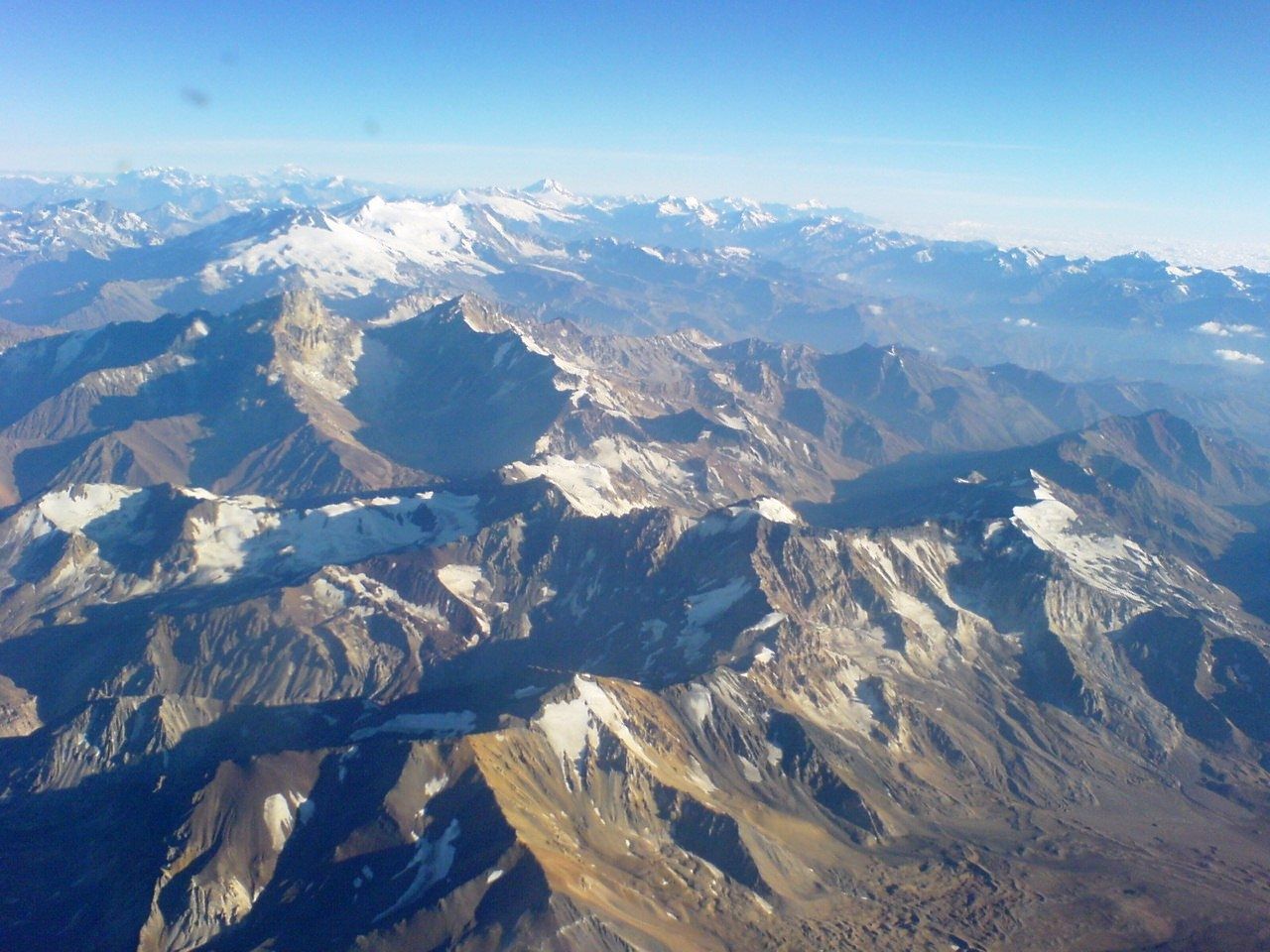
The American Cordillera is a chain of mountain ranges (cordilleras) that consists of an almost continuous sequence of mountain ranges that form the western "backbone" of North America, South America and Central America.[1] It is also the backbone of the volcanic arc that forms the eastern half of the Pacific Ring of Fire.
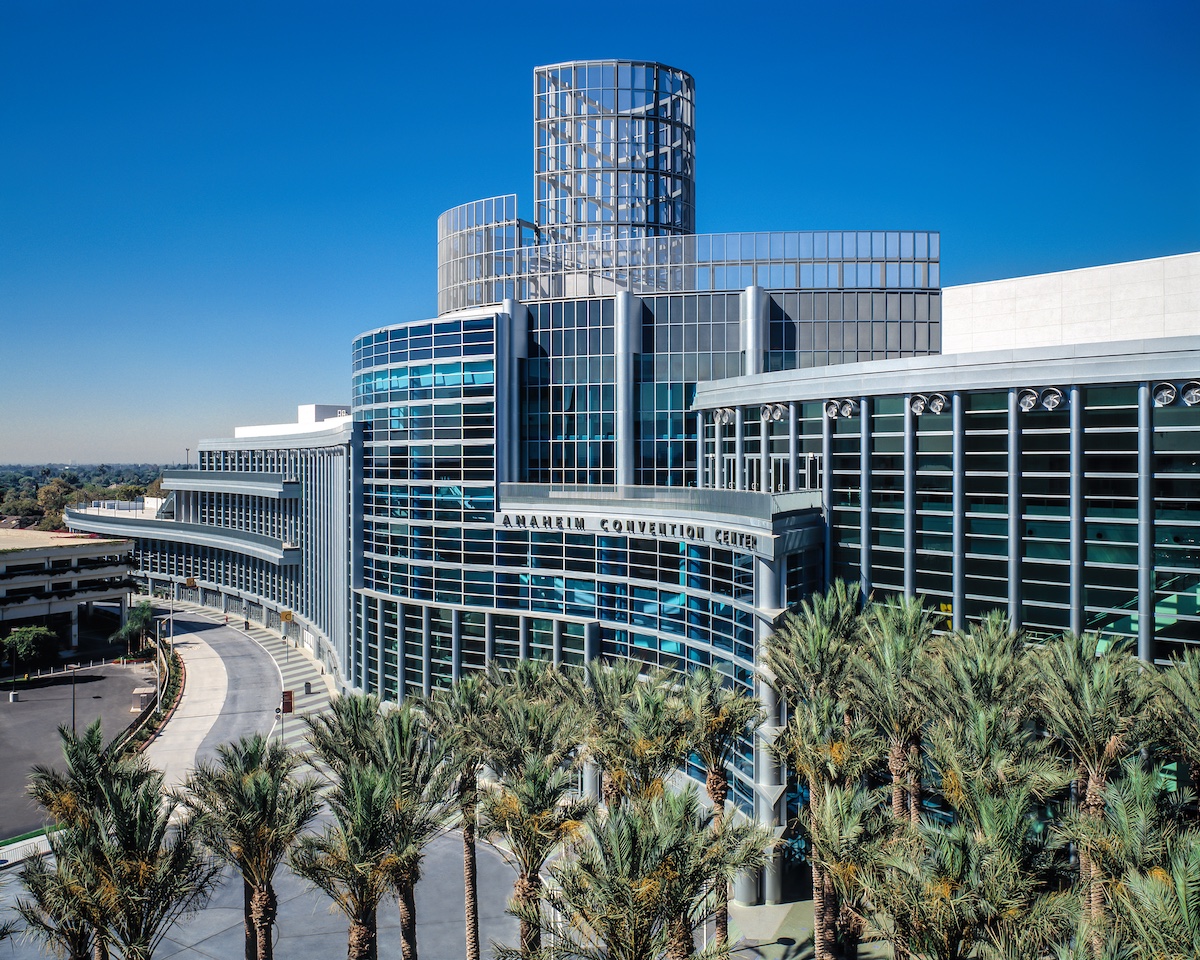
The Anaheim Convention Center is a major convention center in Anaheim, California and is the largest exhibition facility on the west coast. It is located across from the Disneyland Resort on Katella Avenue. The original components, designed by Adrian Wilson & Associates and built by Del E. Webb Corporation,[2] opened in July 1967—including a basketball arena followed shortly by the convention hall. It holds many events, like VidCon, BlizzCon, Anime Expo, D23 Expo, WonderCon, NAMM Show, competitions, and more. In addition to hosting various types of conventions, the Anaheim Convention Center was used to host the wrestling during the 1984 Summer Olympics.[3]
The center has subsequently undergone six major expansions (1974, 1982, 1990, 1993, 1999–2000, 2016–2017). It is the largest exhibit facility on the West Coast.
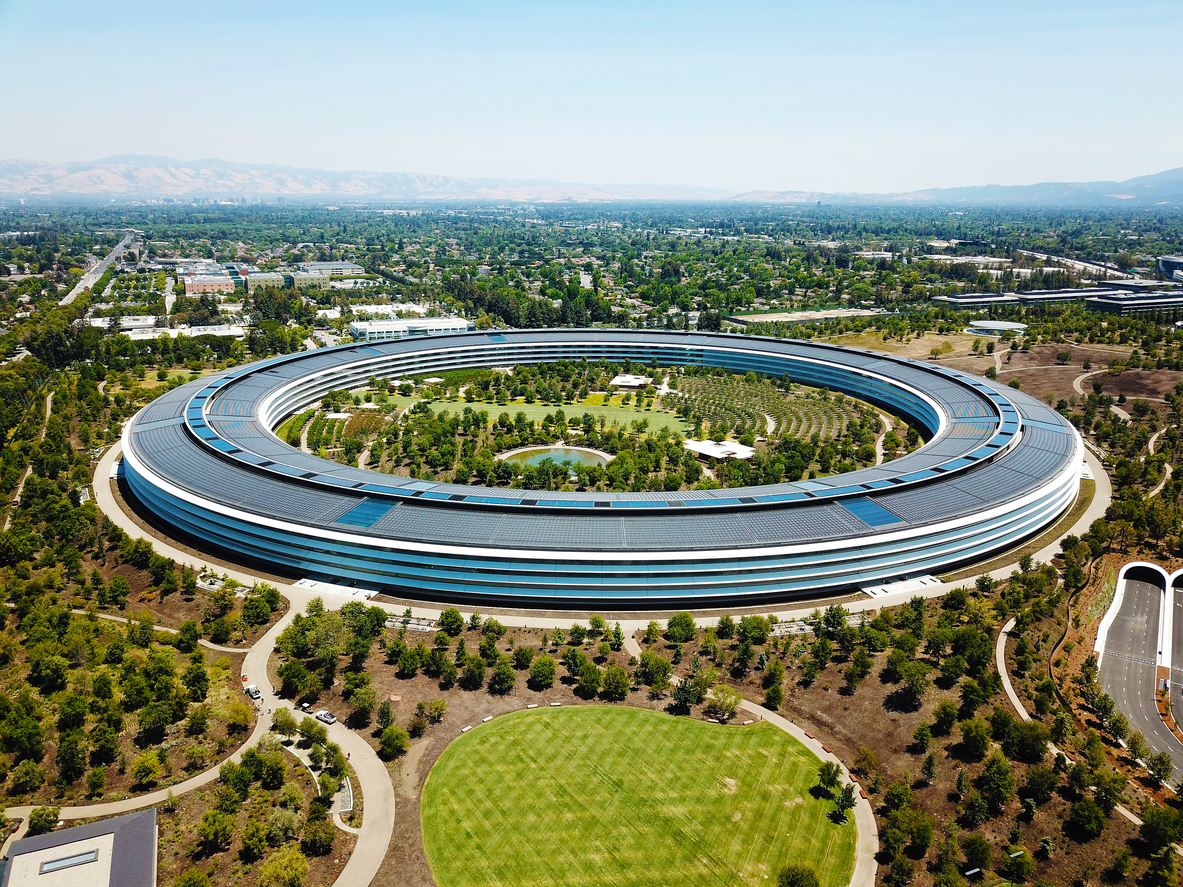
Apple Park is the corporate headquarters of Apple Inc., located in Cupertino, California, United States. It was opened to employees in April 2017, while construction was still underway, and superseded the original headquarters at 1 Infinite Loop, which opened in 1993.[7]
The main building's scale and circular groundscraper design, by Norman Foster,[8] have earned the structure the media nickname "the spaceship."[9][10][11] Located on a suburban site totaling 1.46 km2 (360 acres), it houses more than 12,000 employees in one central four-story circular building of approximately 0.26 km2 (64 acres). Apple co-founder Steve Jobs wanted the campus to look less like a business park and more like a nature refuge; 80 percent of the site consists of green space planted with drought-resistant trees and plants indigenous to the Cupertino area, and the center courtyard of the main building features an artificial pond.
Apple Park is located 1.2 miles (1.9 km) east of the original Apple Campus. Apple has had a presence in Cupertino since 1977, which is why the company decided to build in the area rather than move to a cheaper, distant location. The campus is also next to a contaminated site under Superfund legislation with a groundwater plume.
 *American think tanks
*American think tanks

 California-CA
California-CA

 Financial
Financial
 *United States economic data
*United States economic data

 Economy and trade
Economy and trade
 Economic and political research
Economic and political research
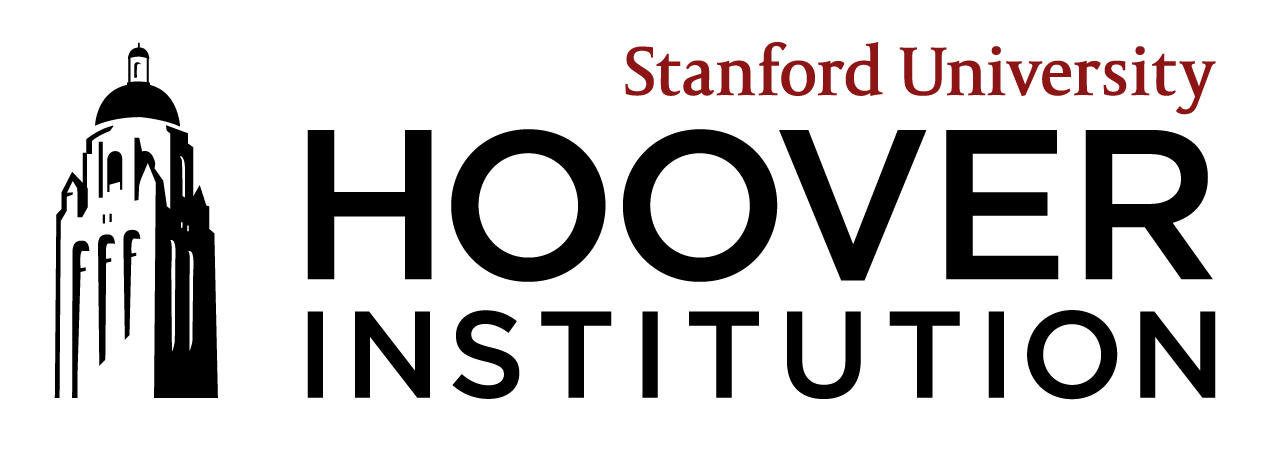
The Hoover Institution on War, Revolution, and Peace is a conservative American public policy institution and research institution that promotes personal and economic liberty, free enterprise, and limited government.[2][3][4] Located in Stanford, California, on the campus of Stanford University, it began as a library founded in 1919 by Stanford alumnus Herbert Hoover, before he became President of the United States. The library, known as the Hoover Institution Library and Archives, houses multiple archives related to Hoover, World War I, World War II, and other world-historical events.
The Hoover Institution has been a place of scholarship for individuals who previously held high-profile positions in government, such as George Shultz, Condoleezza Rice, Michael Boskin, Edward Lazear, John B. Taylor, Edwin Meese, and Amy Zegart—all Hoover Institution fellows. In 2007, retired U.S. Army General John P. Abizaid, former commander of the U.S. Central Command, was named the Institution's first annual Annenberg Distinguished Visiting Fellow.[5] Former Secretary of Defense General James Mattis served as a research fellow at Hoover before being appointed by the Trump administration.[6]
Hoover was ranked as the tenth most influential think tank in the world in 2020 by Academic Influence, and the 22nd of the "Top Think Tanks in the United States" by the Global Go To Think Tank Index Report in 2019 (Think Tanks and Civil Societies Program, University of Pennsylvania).[7][8]
While the Hoover Institution is formally a unit of Stanford University,[9] it has its own board of overseers[10] and less than 2% of its funding come from the university; instead it relies on its own endowment income and gifts.
 California State Route 1
California State Route 1

 California-CA
California-CA

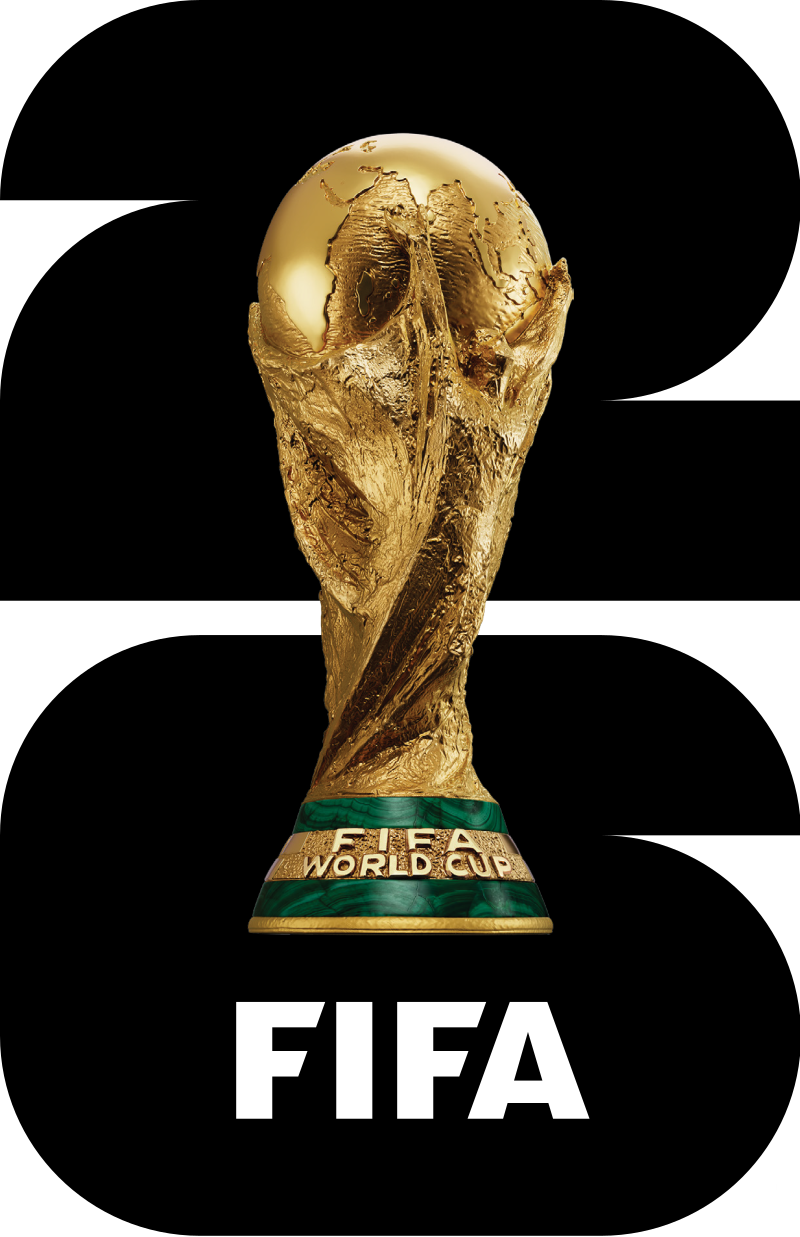 FIFA Fussball-Weltmeisterschaft 2026
FIFA Fussball-Weltmeisterschaft 2026

 Financial
Financial
 ***Global Financial Center
***Global Financial Center

 History
History
 N 2000 - 2100 AD
N 2000 - 2100 AD

 History
History
 M 1500 - 2000 AD
M 1500 - 2000 AD

 International cities
International cities
 ***Global Urban Economic Competitiveness
***Global Urban Economic Competitiveness
 League of Legends
League of Legends
 League of Legends World Championship
League of Legends World Championship
 Olympic Summer Games
Olympic Summer Games


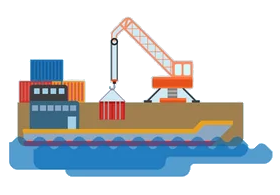 Important port
Important port
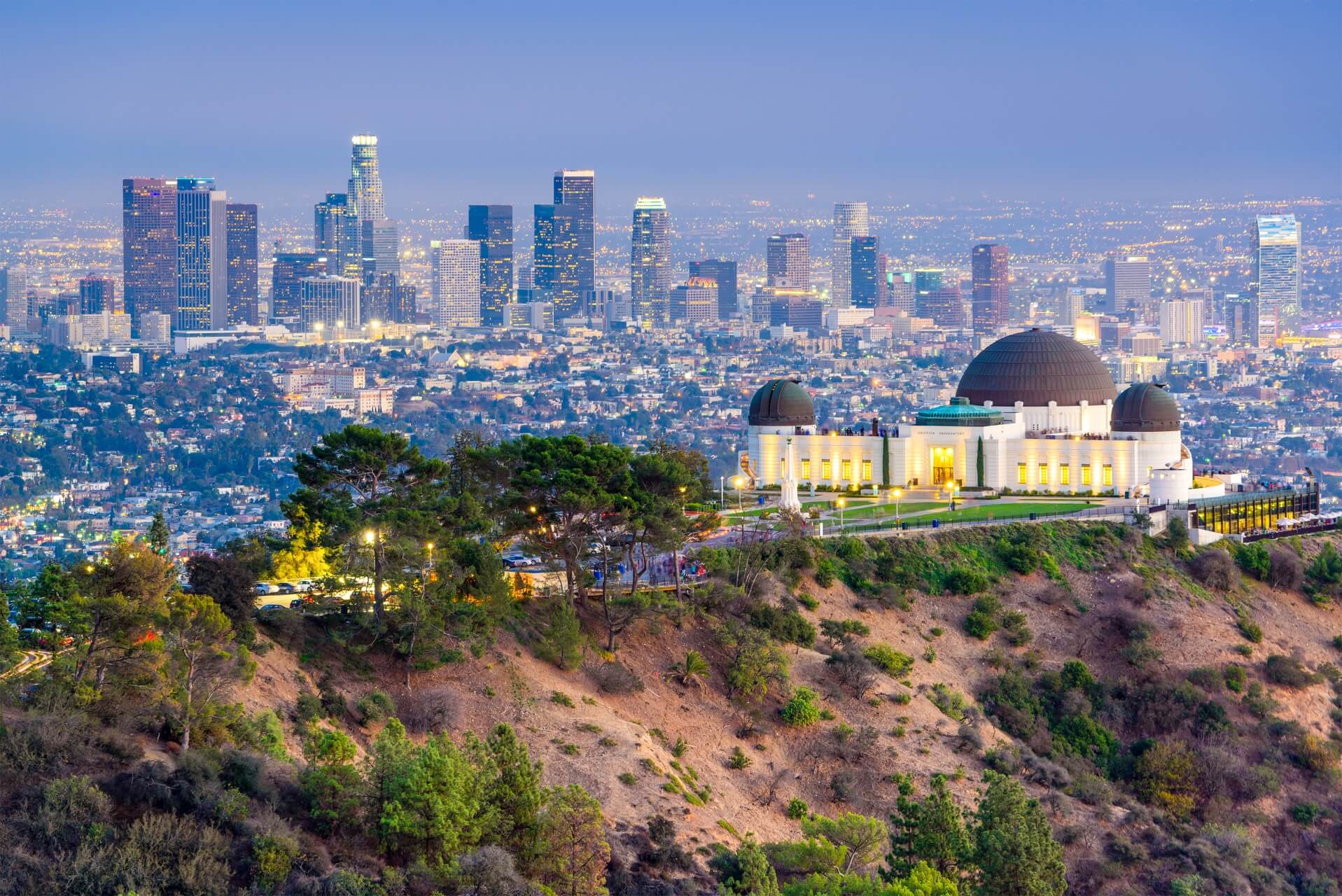
Los Angeles (US: /lɔːs ˈændʒələs/ ( listen);[16][a] Spanish for "The Angels"; Spanish: Los Ángeles; Spanish: [los ˈaŋxeles]; officially the City of Los Angeles, known colloquially by its initials L.A.) is the second-most populous city in the United States, after New York City, and the most populous city in the Western United States. With an estimated population of four million,[17] Los Angeles is the largest and most populous city in the state of California and the cultural, financial, and commercial center of Southern California. Nicknamed the "City of Angels" partly because of its name's Spanish meaning, Los Angeles is known for its Mediterranean climate, ethnic diversity, and sprawling metropolis.
listen);[16][a] Spanish for "The Angels"; Spanish: Los Ángeles; Spanish: [los ˈaŋxeles]; officially the City of Los Angeles, known colloquially by its initials L.A.) is the second-most populous city in the United States, after New York City, and the most populous city in the Western United States. With an estimated population of four million,[17] Los Angeles is the largest and most populous city in the state of California and the cultural, financial, and commercial center of Southern California. Nicknamed the "City of Angels" partly because of its name's Spanish meaning, Los Angeles is known for its Mediterranean climate, ethnic diversity, and sprawling metropolis.
Los Angeles is located in a large basin bounded by the Pacific Ocean on one side and by mountains as high as 10,000 feet (3,000 m) on the others. The city proper, which covers about 469 square miles (1,210 km2),[18] is the seat of Los Angeles County, the most populated county in the country. Los Angeles is the principal city of the Los Angeles metropolitan area; with a population of 13.1 million residents it is the second largest in the United States after that of New York City.[19] It is part of the Los Angeles-Long Beach combined statistical area, also the second most populous in the nation with a 2015 estimated population of 18.7 million.[20]
Los Angeles is one of the most substantial economic engines within the United States, with a diverse economy in a broad range of professional and cultural fields. Los Angeles is also famous as the home of Hollywood, a major center of the world entertainment industry. A global city, it has been ranked 6th in the Global Cities Index and 9th in the Global Economic Power Index. The Los Angeles combined statistical area also has a gross metropolitan product of $831 billion (as of 2008), making it the third-largest in the world, after the Tokyo and New York metropolitan areas. Los Angeles hosted the 1932 and 1984 Summer Olympics and will host the event for a third time in 2028. The city also hosted the Miss Universe pageant twice, in 1990 and 2006.
Historically home to the Chumash and Tongva, Los Angeles was claimed by Juan Rodríguez Cabrillo for Spain in 1542 along with the rest of what would become Alta California. The city was officially founded on September 4, 1781, by Spanish governor Felipe de Neve. It became a part of Mexico in 1821 following the Mexican War of Independence. In 1848, at the end of the Mexican–American War, Los Angeles and the rest of California were purchased as part of the Treaty of Guadalupe Hidalgo, becoming part of the United States. Los Angeles was incorporated as a municipality on April 4, 1850, five months before California achieved statehood. The discovery of oil in the 1890s brought rapid growth to the city.[21] The completion of the Los Angeles Aqueduct in 1913, delivering water from Eastern California, later assured the city's continued rapid growth.
 *American think tanks
*American think tanks
 *United States Political System
*United States Political System

 California-CA
California-CA

 Financial
Financial
 *United States economic data
*United States economic data

 Party and government
Party and government
 *Think Tank
*Think Tank
 United States
United States
The RAND Corporation ("research and development")[7] is an American nonprofit global policy think tank[1] created in 1948 by Douglas Aircraft Company to offer research and analysis to the United States Armed Forces. It is financed by the U.S. government and private endowment,[6] corporations,[8] universities[8] and private individuals.[8]
The company has grown to assist other governments, international organizations, private companies and foundations with a host of defense and non-defense issues, including healthcare. RAND aims for interdisciplinary and quantitative problem solving by translating theoretical concepts from formal economics and the physical sciences into novel applications in other areas, using applied science and operations research.
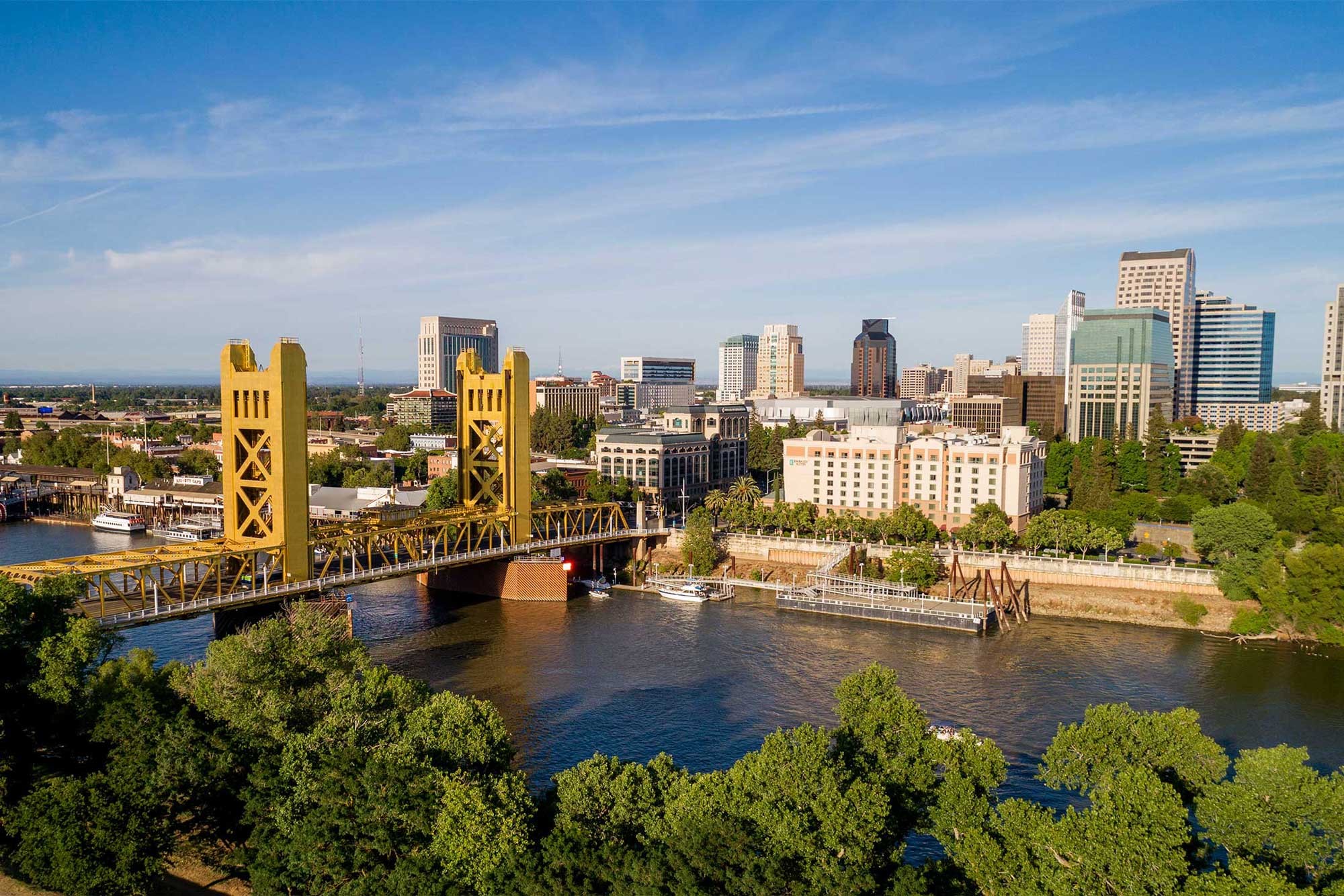
Sacramento (/ˌsækrəˈmɛntoʊ/ SAK-rə-MEN-toh; Spanish: [sakɾaˈmento], Spanish for ''sacrament'') is the capital city of the U.S. state of California and the seat and largest city of Sacramento County. Located at the confluence of the Sacramento and American Rivers in Northern California's Sacramento Valley, Sacramento's 2020 population of 524,943[7] makes it the sixth-largest city in California and the ninth-largest capital in the United States.[9][10] Sacramento is the seat of the California Legislature and the Governor of California, making it the state's political center and a hub for lobbying and think tanks. It features the California State Capitol Museum.
Sacramento is also the cultural and economic core of the Greater Sacramento area, which at the 2020 census had a population of 2,397,382,[8] the fifth-largest metropolitan area in California.[11]
Before the arrival of the Spanish, the area was inhabited by the historic Nisenan, Maidu, and other indigenous peoples of California. Spanish cavalryman Gabriel Moraga surveyed and named the Río del Santísimo Sacramento (Sacramento River) in 1808, after the Blessed Sacrament, referring to the Eucharist in the Catholic Church. In 1839, Juan Bautista Alvarado, Mexican governor of Alta California, granted the responsibility of colonizing the Sacramento Valley to Swiss-born Mexican citizen John Augustus Sutter, who subsequently established Sutter's Fort and the settlement at the Rancho Nueva Helvetia. Following the American Conquest of California and the 1848 Treaty of Guadalupe-Hidalgo, the waterfront developed by Sutter began to be developed, and incorporated in 1850 as the City of Sacramento.
Sacramento is the fastest-growing major city in California,[12] owing to its status as a notable political center on the West Coast and as a major educational hub, home of California State University, Sacramento and University of California, Davis. Similarly, Sacramento is a major center for the California healthcare industry, as the seat of Sutter Health, the world-renowned UC Davis Medical Center, and the UC Davis School of Medicine. It is a tourist destination, featuring the California Museum, Crocker Art Museum, California State Railroad Museum, California Hall of Fame, and Old Sacramento State Historic Park. Sacramento International Airport, located northwest of the city, is the city's major airport.
Sacramento is known for its evolving contemporary culture, and is dubbed the most "hipster city" in California.[13][14] In 2002, the Harvard University Civil Rights Project conducted for Time magazine ranked Sacramento as "America's Most Diverse City".
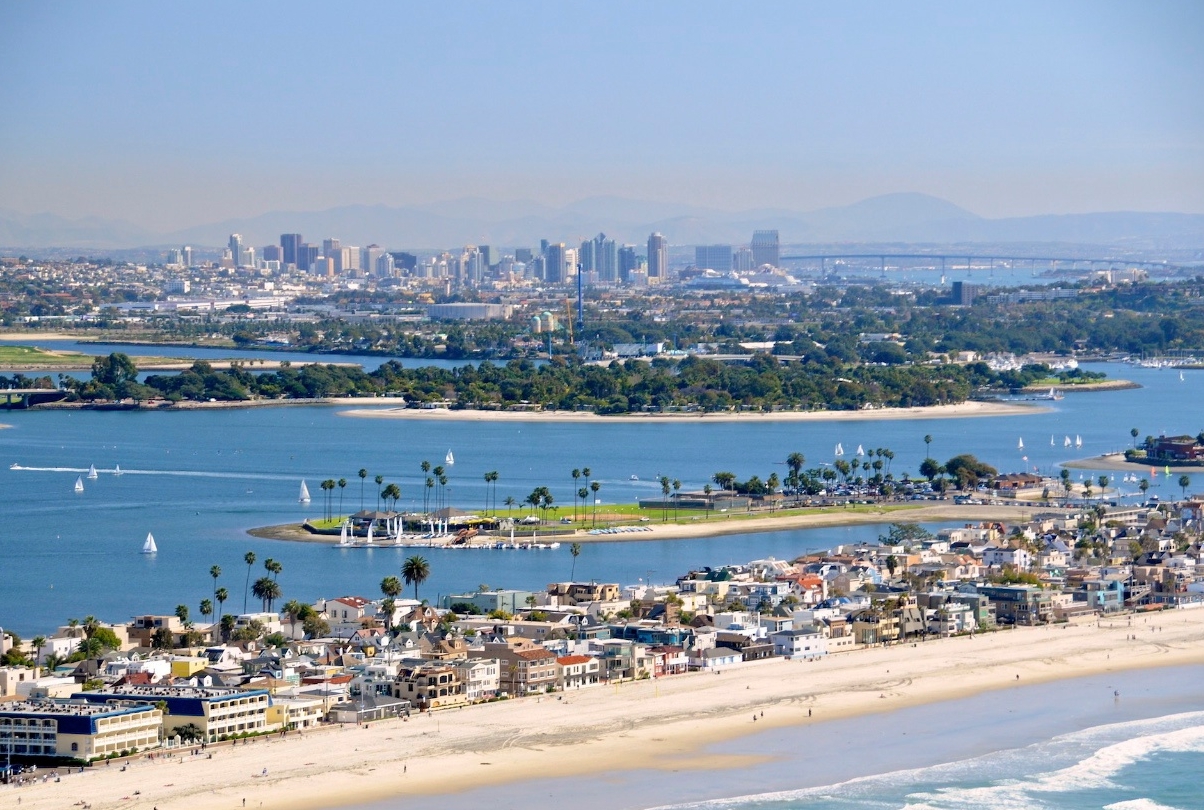
San Diego (/ˌsæn diˈeɪɡoʊ/ SAN dee-AY-goh, Spanish: [san ˈdjeɣo]; Spanish for 'Saint Didacus') is a city in the U.S. state of California on the coast of the Pacific Ocean and immediately adjacent to the Mexican border. With a 2020 population of 1,386,932,[11] San Diego is the eighth most populous city in the United States and second most populous in California (after Los Angeles). The city is the county seat of San Diego County, the fifth most populous county in the United States, with 3,338,330 estimated residents as of 2019. The city is known for its mild year-round climate, natural deep-water harbor, extensive beaches and parks, long association with the United States Navy and Marine Corps, and recent emergence as a healthcare and biotechnology development center.
Historically home to the Kumeyaay people, San Diego is frequently referred to as the "Birthplace of California", as it was the first site visited and settled by Europeans on what is now the West Coast of the United States.[12] Upon landing in San Diego Bay in 1542, Juan Rodríguez Cabrillo claimed the area for Spain, forming the basis for the settlement of Alta California 200 years later. The Presidio and Mission San Diego de Alcalá, founded in 1769, formed the first European settlement in what is now California. In 1821, San Diego became part of the newly declared Mexican Empire, which reformed as the First Mexican Republic two years later. California became part of the United States in 1848 following the Mexican–American War and was admitted to the union as a state in 1850.
San Diego's main economic engines are military and defense-related activities, tourism, international trade, research, and manufacturing. The city is the economic center of the San Diego–Tijuana conurbation, the second most populous transborder metropolitan area in the western hemisphere (after Detroit–Windsor), home to an estimated 4,922,723 people as of 2012.[13] The primary border crossing between San Diego and Tijuana, the San Ysidro Port of Entry, is the busiest international land border crossing in the world outside of Asia (fourth-busiest overall). The city's primary airport, San Diego International Airport, is the busiest single-runway airport in the world.
 California State Route 1
California State Route 1

 California-CA
California-CA

 FIFA Fussball-Weltmeisterschaft 2026
FIFA Fussball-Weltmeisterschaft 2026

 Financial
Financial
 ***Global Financial Center
***Global Financial Center

 History
History
 N 2000 - 2100 AD
N 2000 - 2100 AD

 History
History
 M 1500 - 2000 AD
M 1500 - 2000 AD

 International cities
International cities
 ***Global Urban Economic Competitiveness
***Global Urban Economic Competitiveness
 Silk road
Silk road
 United States
United States

 Important port
Important port
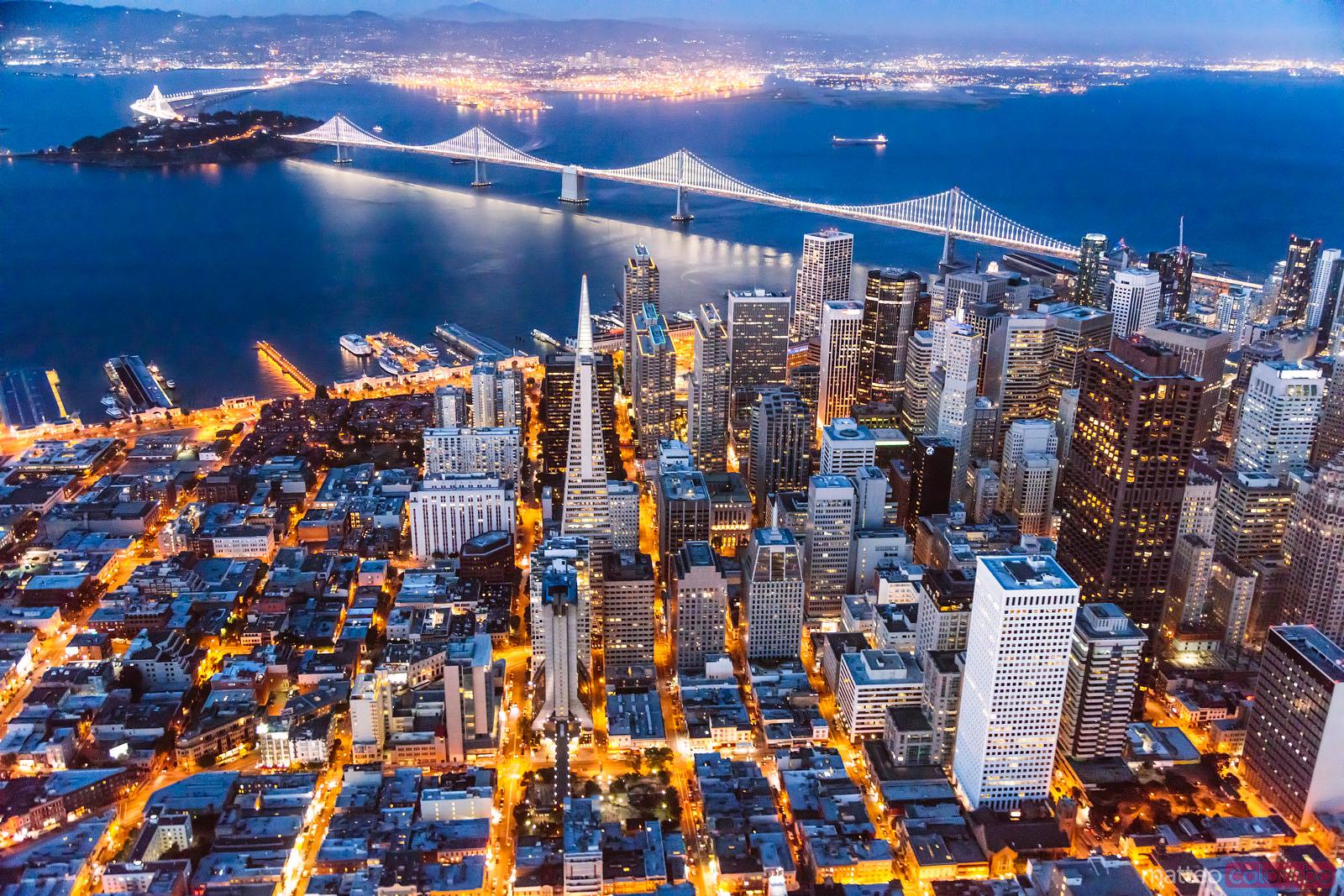
San Francisco (/ˌsæn frənˈsɪskoʊ/; Spanish for "Saint Francis"), officially the City and County of San Francisco, is a cultural, commercial, and financial center in the U.S. state of California. Located in Northern California, San Francisco is the 17th most populous city proper in the United States, and the fourth most populous in California, with 873,965 residents as of 2020.[15] It covers an area of about 46.9 square miles (121 square kilometers),[20] mostly at the north end of the San Francisco Peninsula in the San Francisco Bay Area, making it the second most densely populated large U.S. city, and the fifth most densely populated U.S. county, behind only four of the five New York City boroughs. San Francisco is the 12th-largest metropolitan statistical area in the United States with 4.7 million residents, and the fourth-largest by economic output, with a GDP of $592 billion in 2019.[21] With San Jose, California, it forms the San Jose–San Francisco–Oakland, CA Combined Statistical Area, the fifth most populous combined statistical area in the United States, with 9.6 million residents as of 2019. Colloquial nicknames for San Francisco include SF, San Fran, The City, and Frisco.[22][23]
In 2019, San Francisco was the county with the seventh-highest income in the United States, with a per capita income of $139,405.[24] In the same year, San Francisco proper had a GDP of $203.5 billion, and a GDP per capita of $230,829.[21][25] The San Jose–San Francisco–Oakland, CA Combined Statistical Area, with a GDP of $1.09 trillion as of 2019, is the country's third-largest economy.[26] Of the 105 primary statistical areas in the U.S. with over 500,000 residents, this CSA had the highest GDP per capita in 2019, at $112,348.[26] San Francisco was ranked 5th in the world and second in the United States on the Global Financial Centres Index as of September 2021.[27]
San Francisco was founded on June 29, 1776, when colonists from Spain established the Presidio of San Francisco at the Golden Gate and Mission San Francisco de Asís a few miles away, both named for Francis of Assisi.[3] The California Gold Rush of 1849 brought rapid growth, making it the largest city on the West Coast at the time; between 1870 and 1900, approximately one quarter of California's population resided in the city proper.[28] In 1856, San Francisco became a consolidated city-county.[29] After three-quarters of the city was destroyed by the 1906 earthquake and fire,[30] it was quickly rebuilt, hosting the Panama-Pacific International Exposition nine years later. In World War II, it was a major port of embarkation for service members shipping out to the Pacific Theater.[31] It then became the birthplace of the United Nations in 1945.[32][33][34] After the war, the confluence of returning servicemen, significant immigration, liberalizing attitudes, the rise of the "beatnik" and "hippie" countercultures, the Sexual Revolution, the Peace Movement growing from opposition to United States involvement in the Vietnam War, and other factors led to the Summer of Love and the gay rights movement, cementing San Francisco as a center of liberal activism in the United States. Politically, the city votes strongly along liberal Democratic Party lines.
A popular tourist destination,[35] San Francisco is known for its cool summers, fog, steep rolling hills, eclectic mix of architecture, and landmarks, including the Golden Gate Bridge, cable cars, the former Alcatraz Federal Penitentiary, Fisherman's Wharf, and its Chinatown district. San Francisco is also the headquarters of companies such as Wells Fargo, Twitter, Block, Airbnb, Levi Strauss & Co., Gap Inc., Salesforce, Dropbox, Pacific Gas and Electric Company, Uber, and Lyft. The city, and the surrounding Bay Area, is a global center of the sciences and arts[36][37] and is home to a number of educational and cultural institutions, such as the University of California, San Francisco (UCSF), the University of San Francisco (USF), San Francisco State University (SFSU), the de Young Museum, the San Francisco Museum of Modern Art, the SFJAZZ Center, the San Francisco Symphony and the California Academy of Sciences. More recently, statewide droughts in California have strained the city's water security.

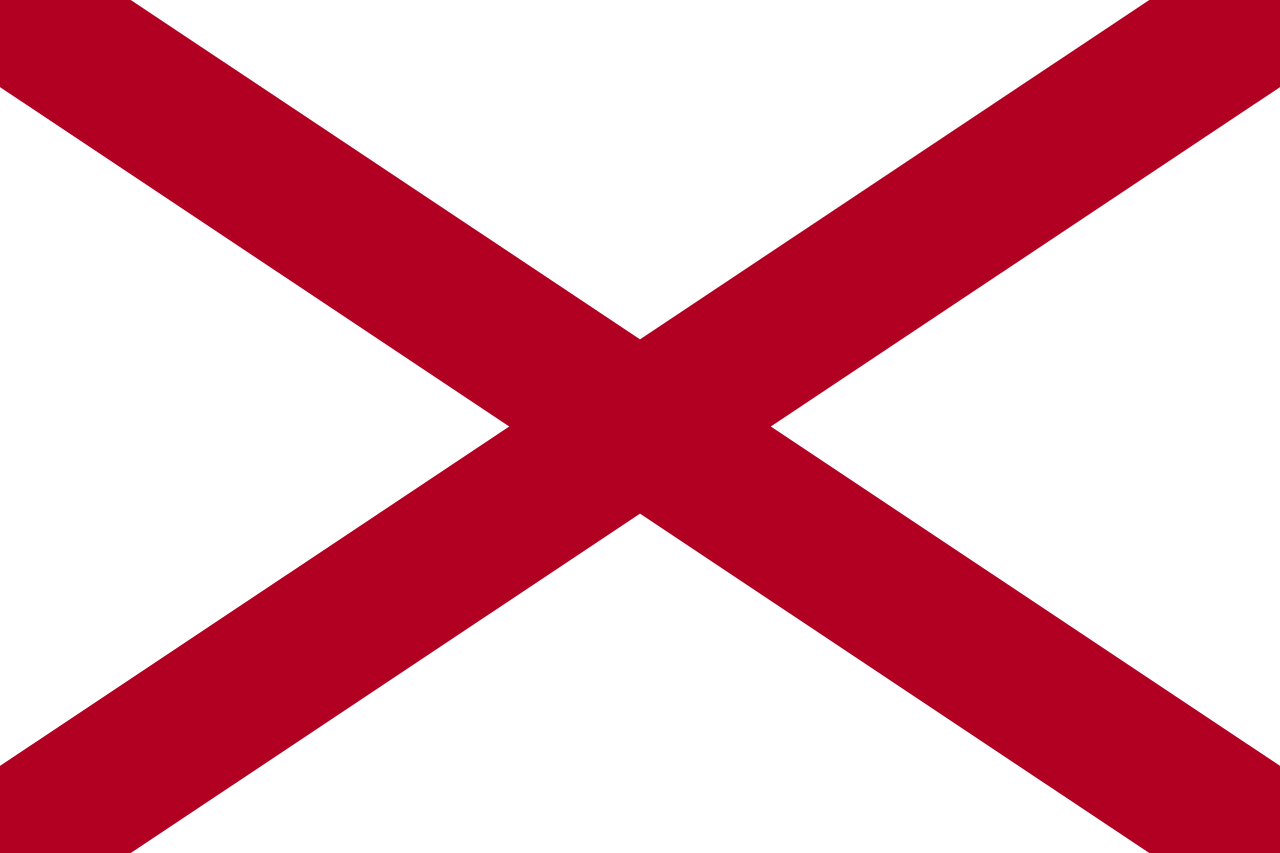 Alabama-AL
Alabama-AL

 Alaska-AK
Alaska-AK

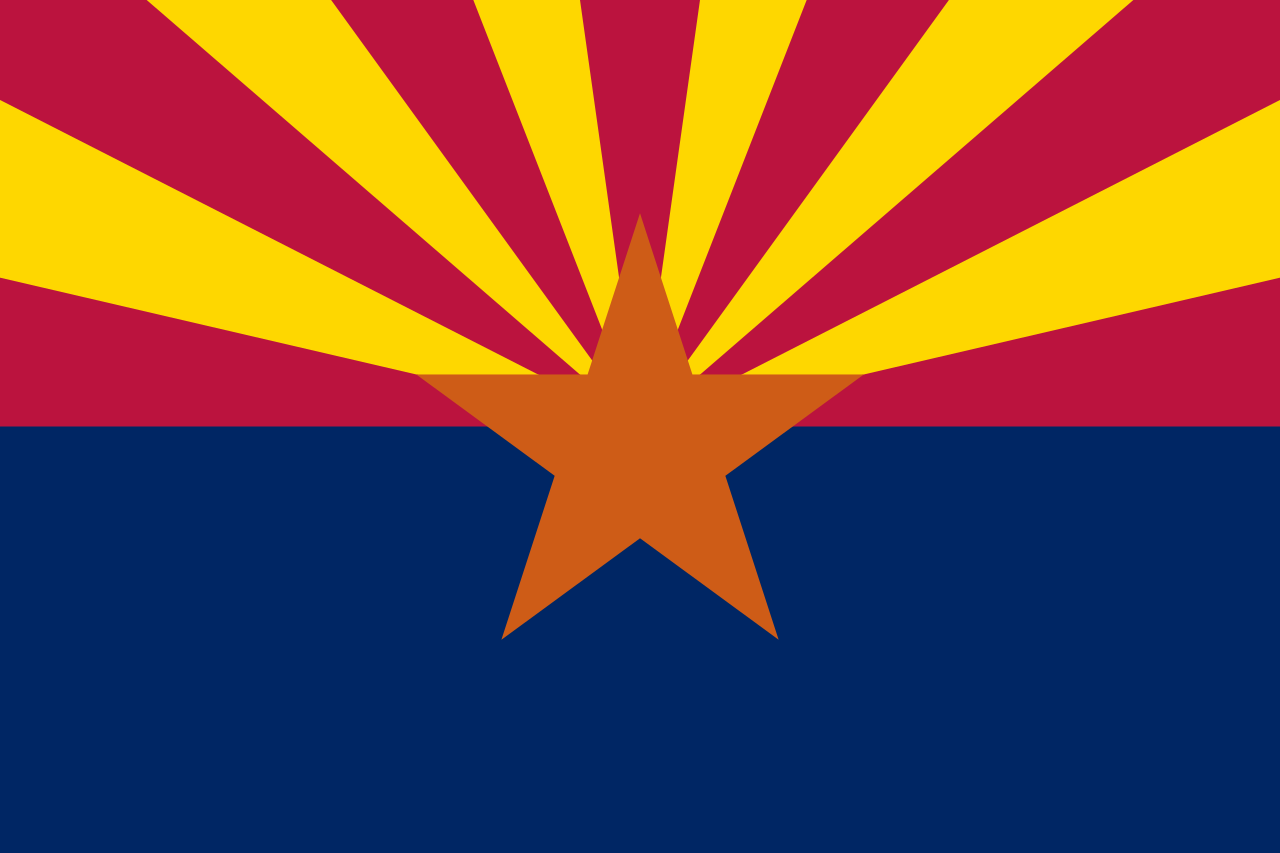 Arizona-AZ
Arizona-AZ

 California-CA
California-CA

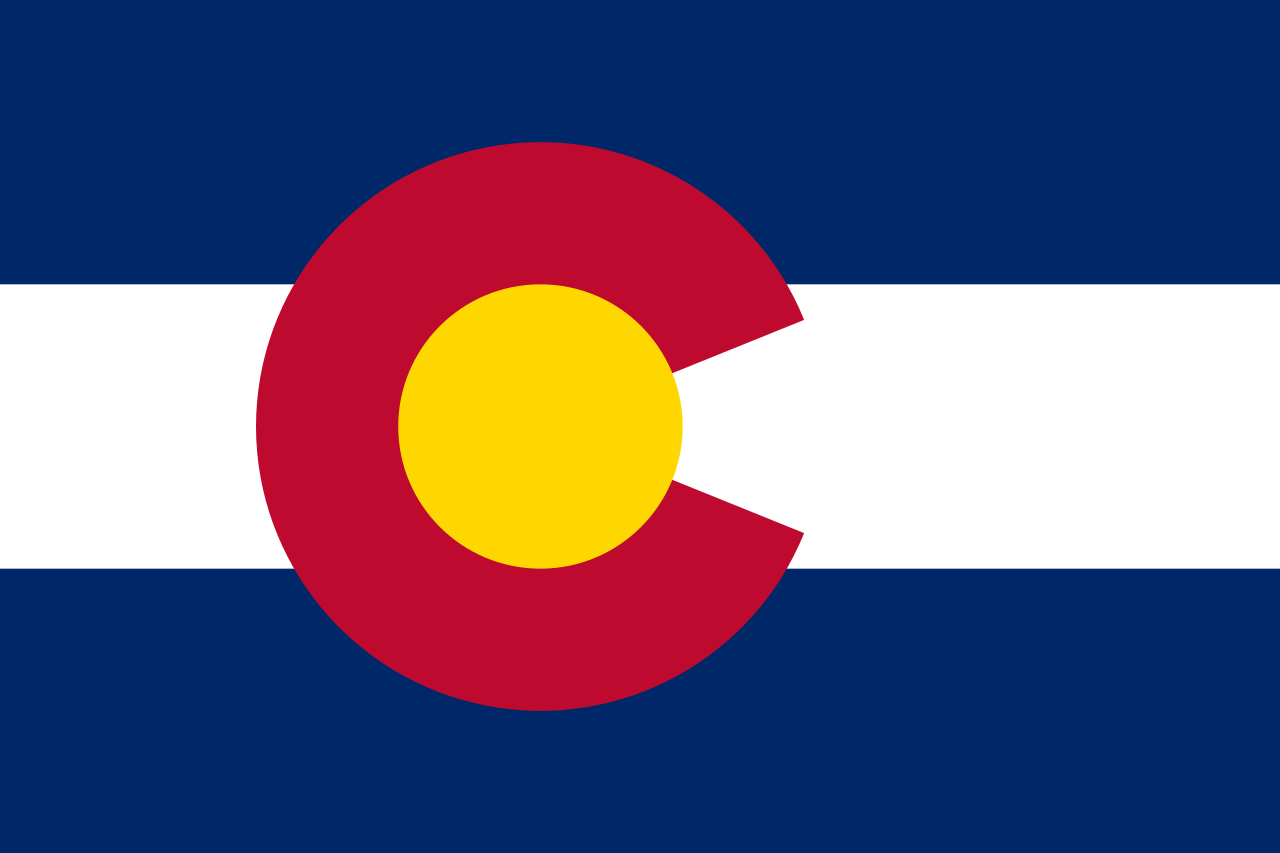 Colorado-CO
Colorado-CO

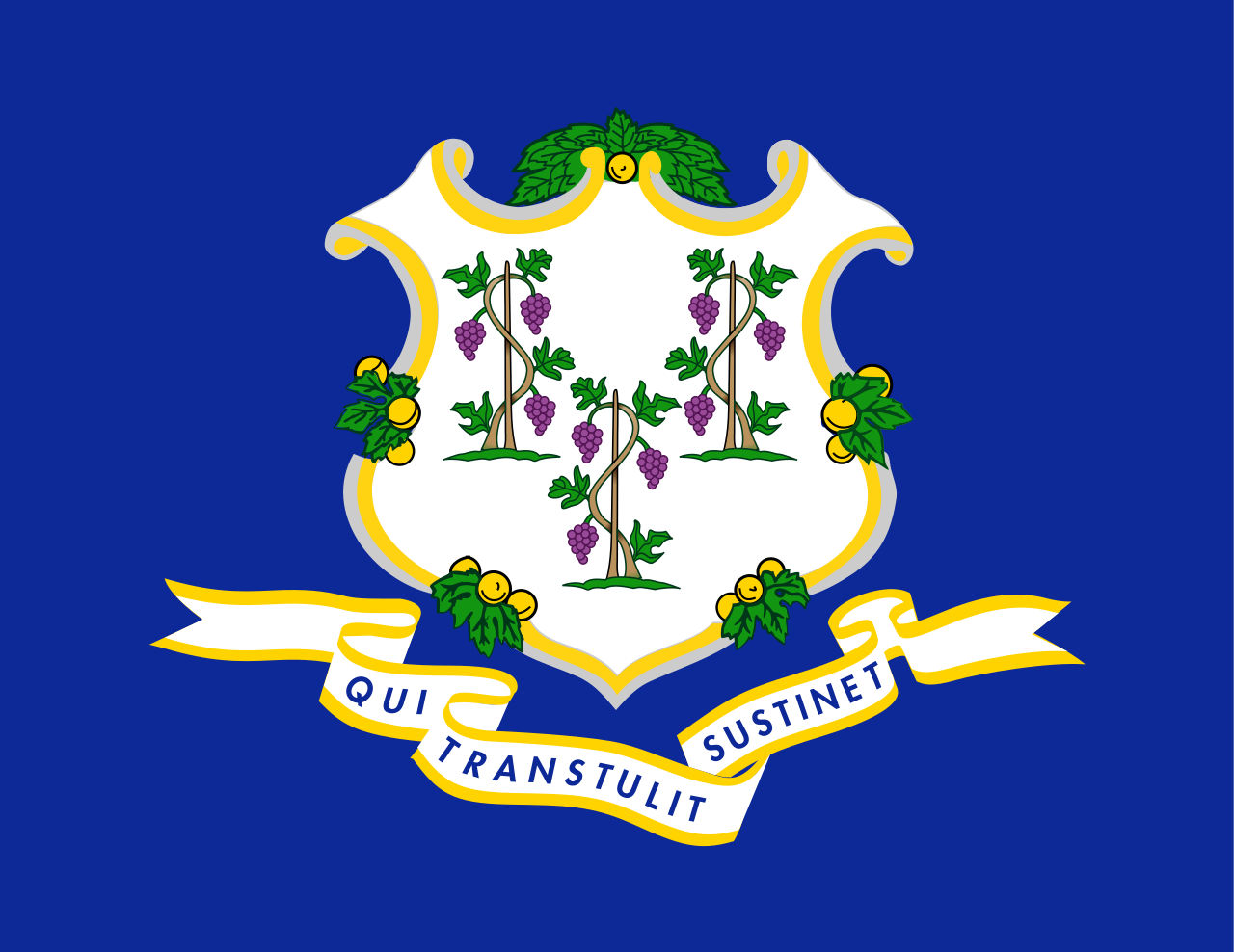 Connecticut-CT
Connecticut-CT

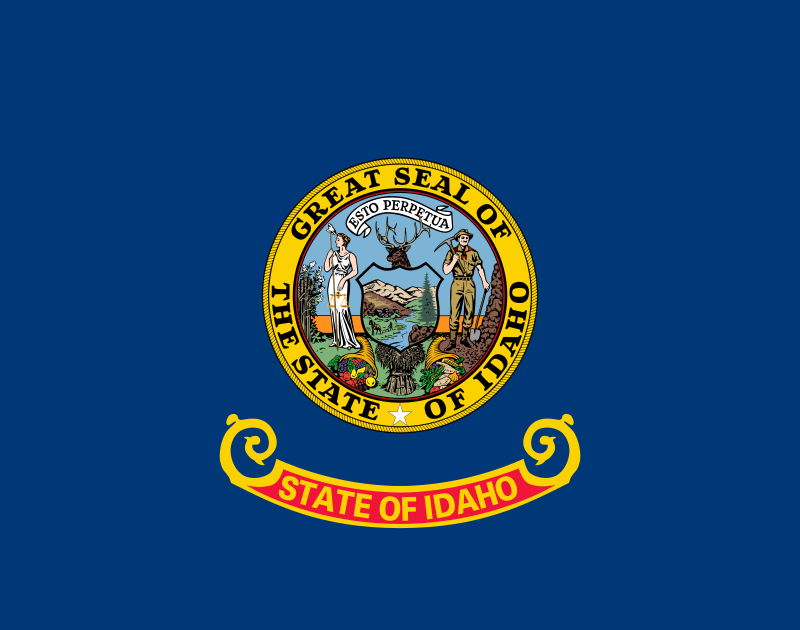 Idaho-ID
Idaho-ID

 Illinois-IL
Illinois-IL

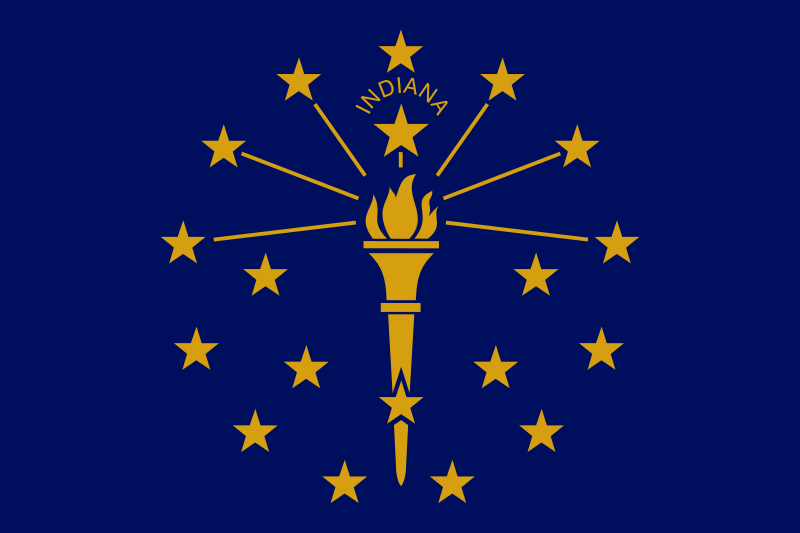 Indiana-IN
Indiana-IN

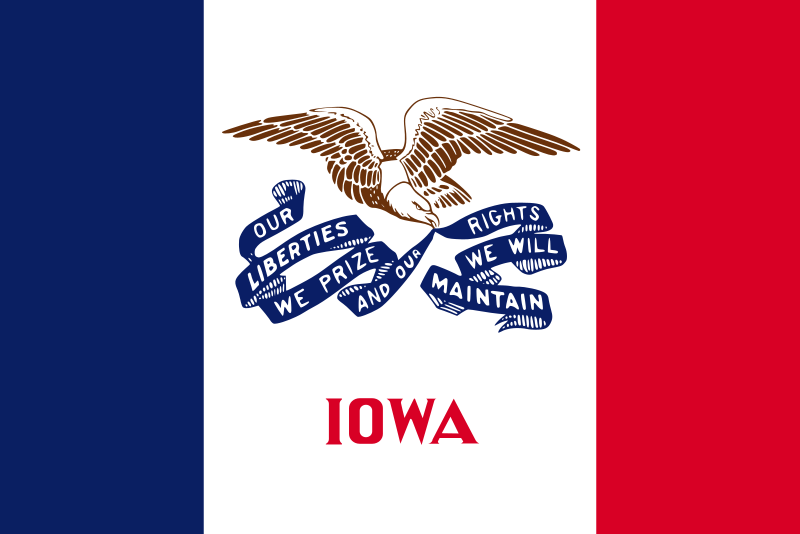 Iowa-IA
Iowa-IA

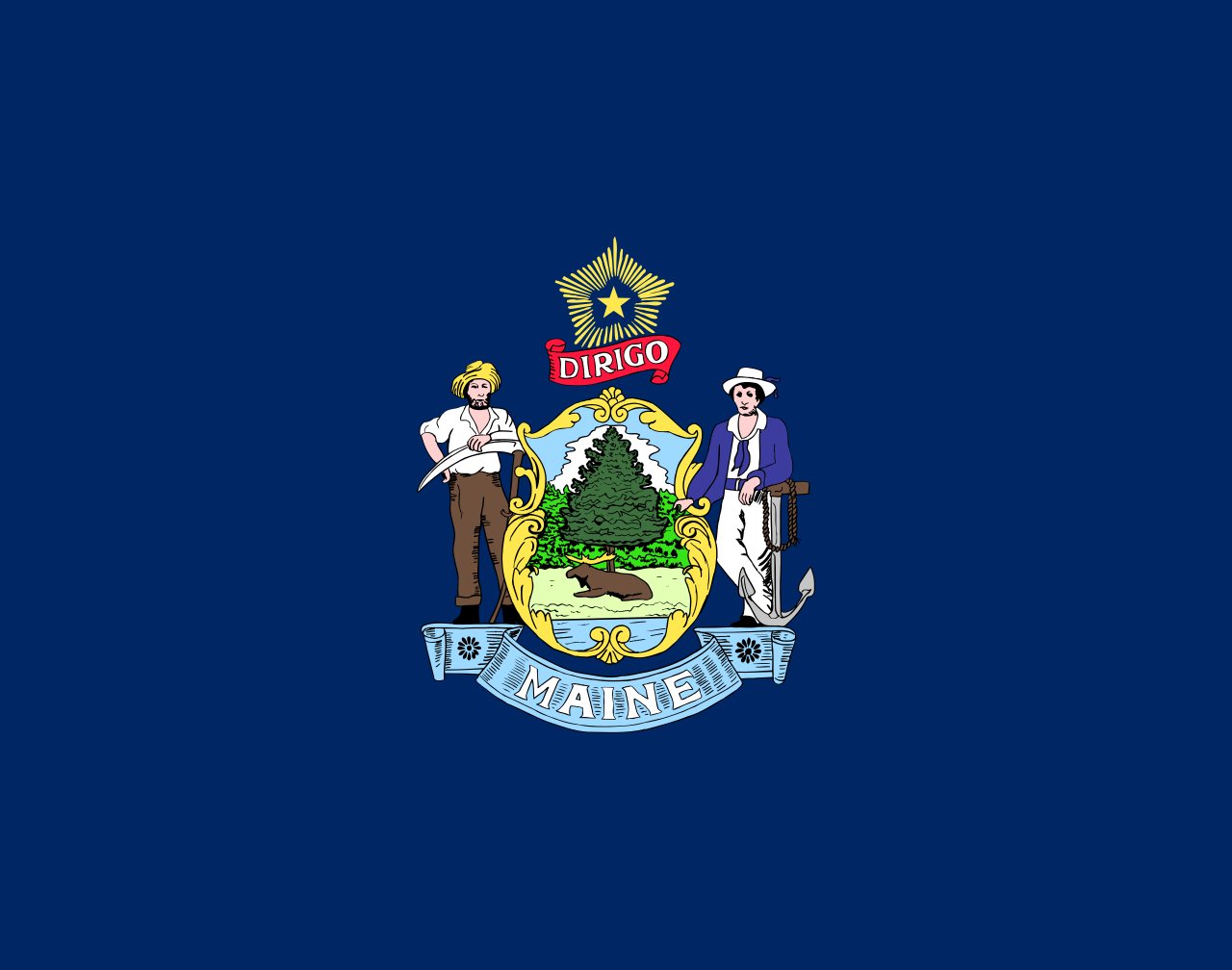 Maine-ME
Maine-ME

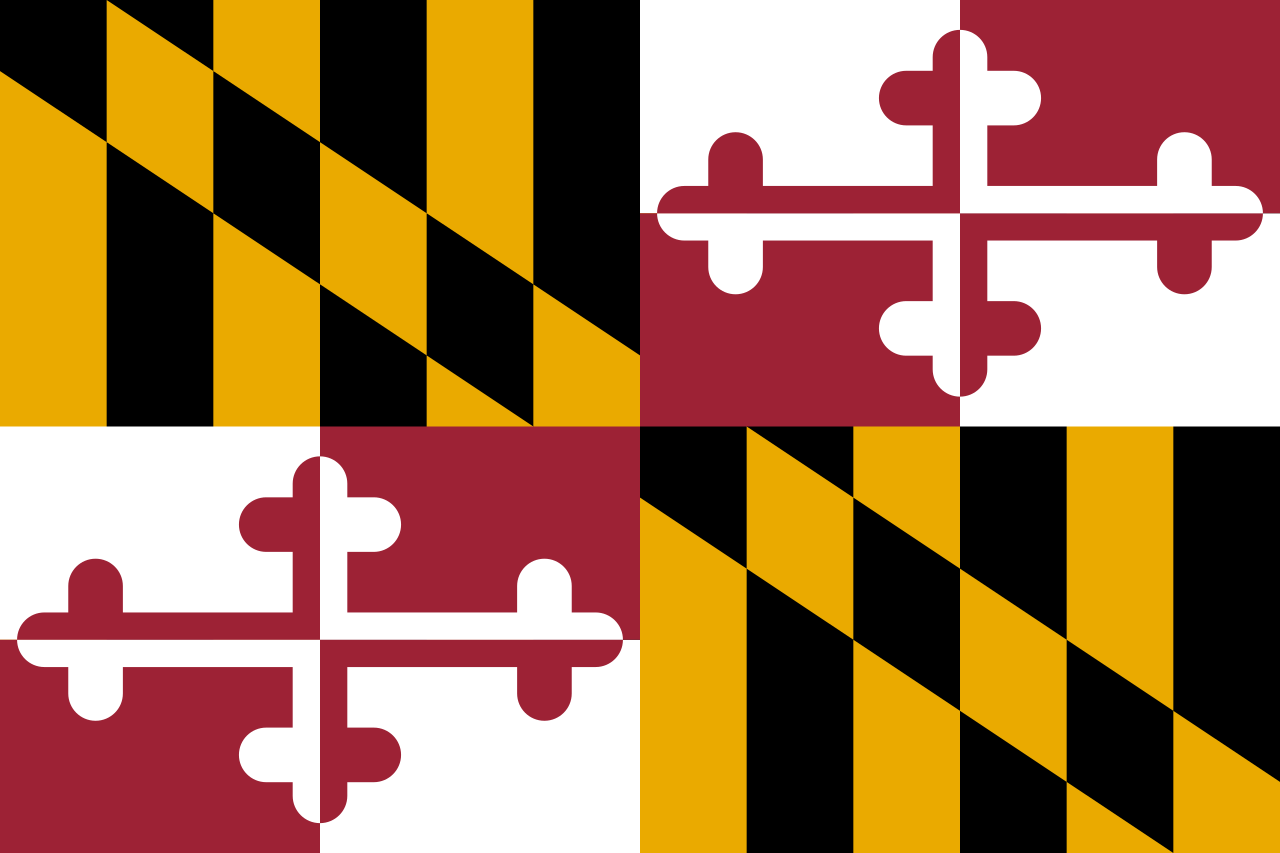 Maryland-MD
Maryland-MD

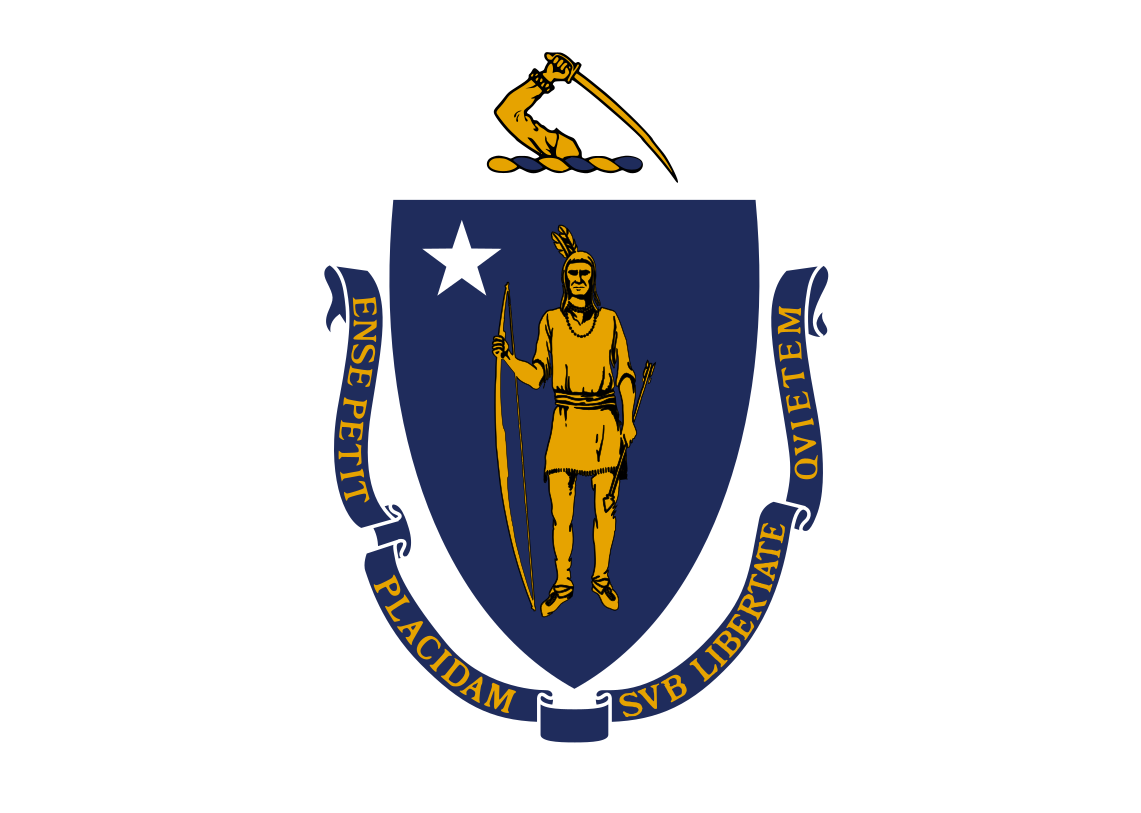 Massachusetts-MA
Massachusetts-MA

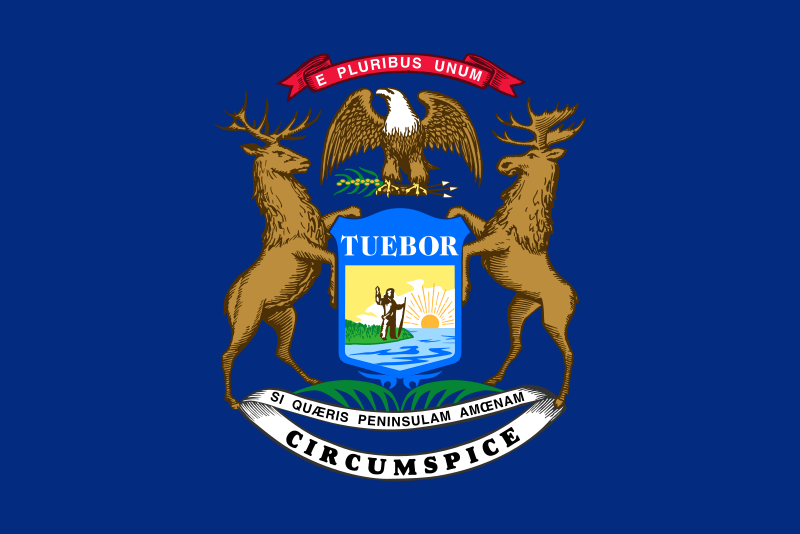 Michigan-MI
Michigan-MI

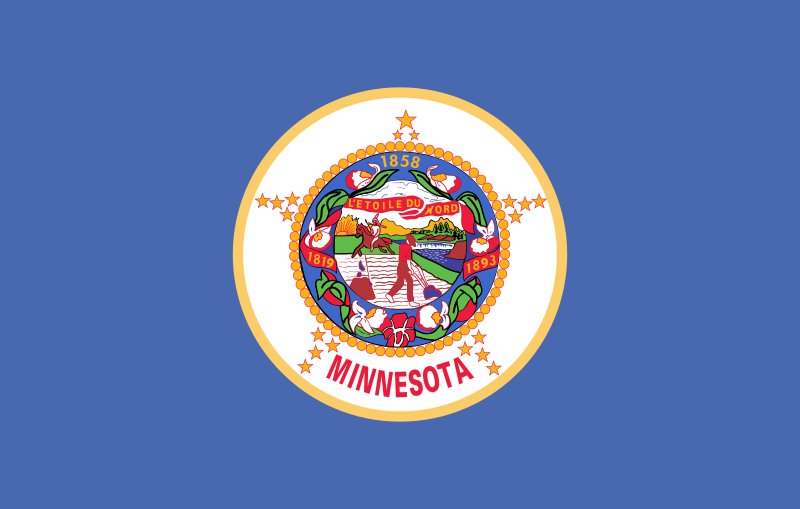 Minnesota-MN
Minnesota-MN

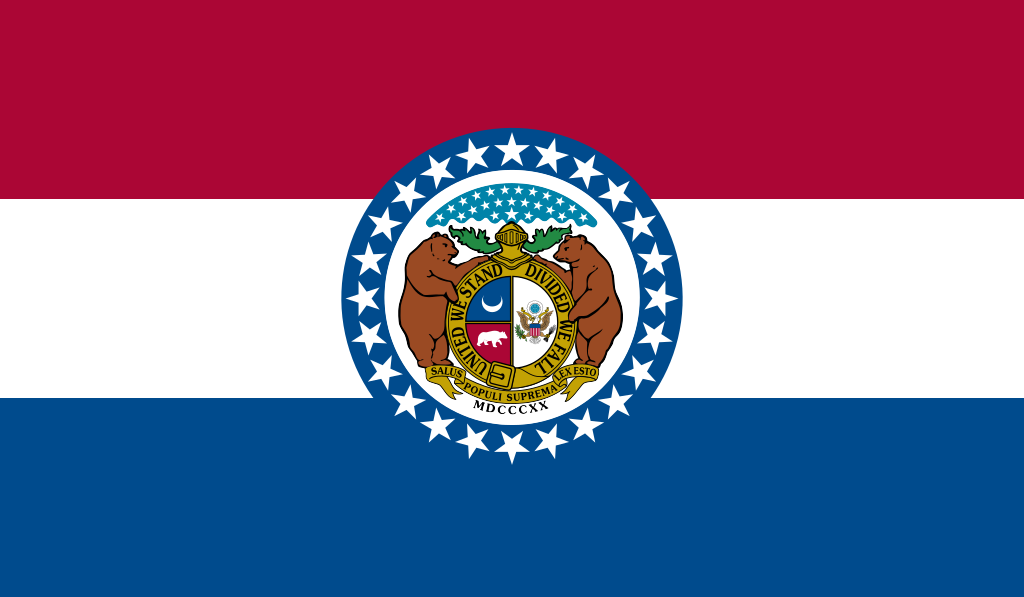 Missouri-MO
Missouri-MO

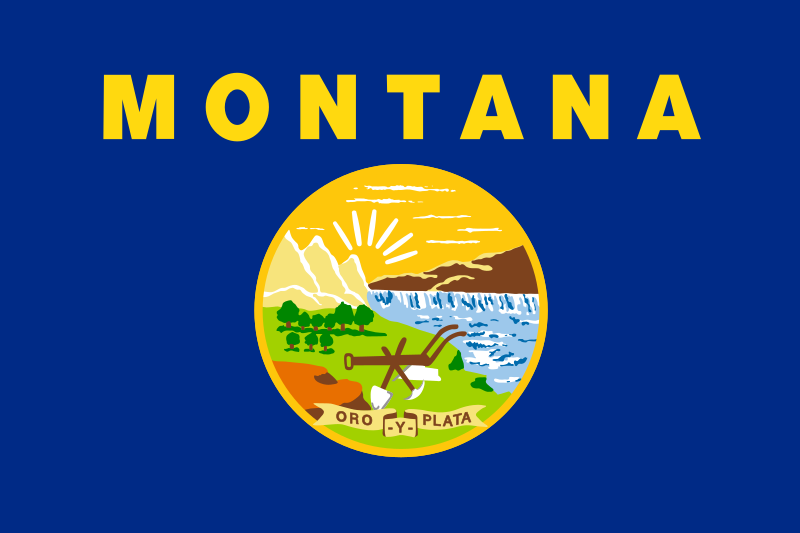 Montana-MT
Montana-MT

 Nevada-NV
Nevada-NV

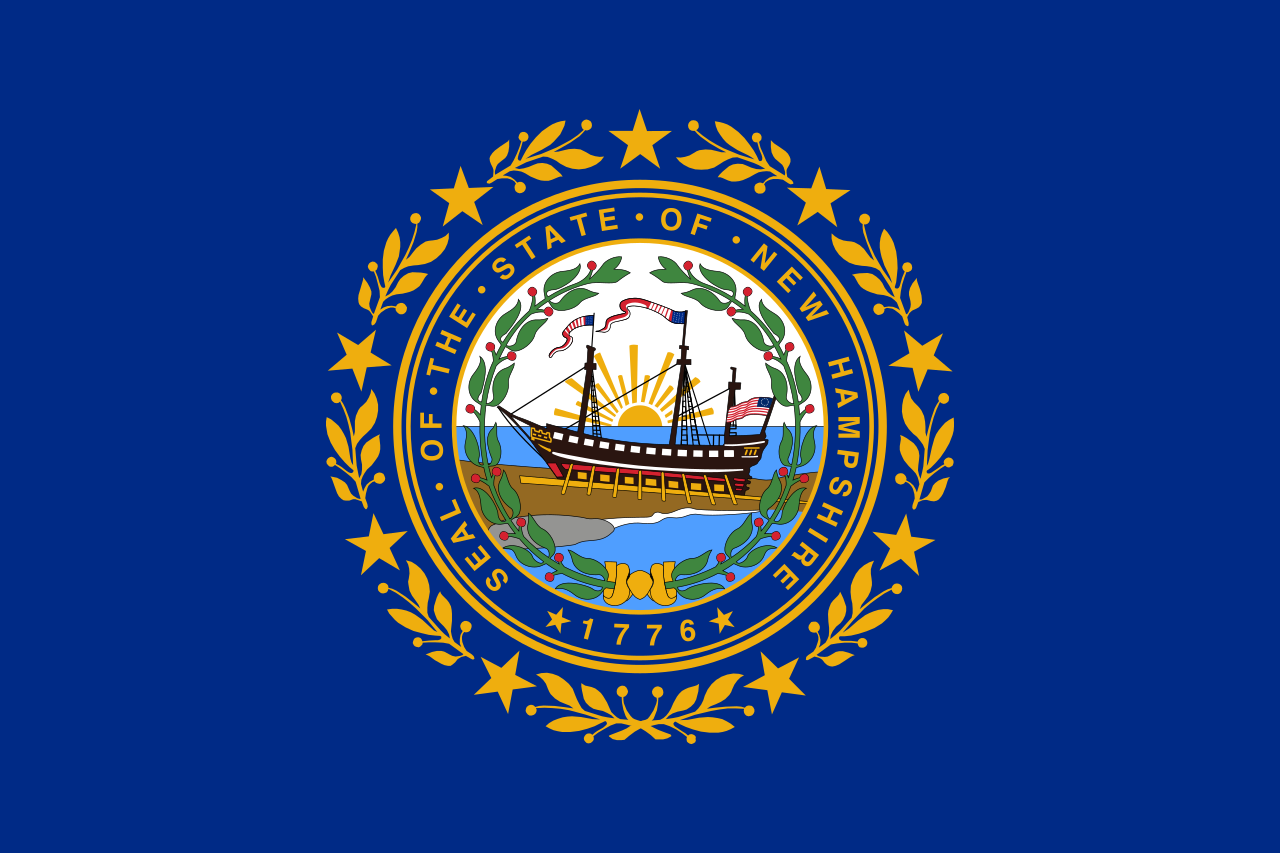 New hampshire-NH
New hampshire-NH

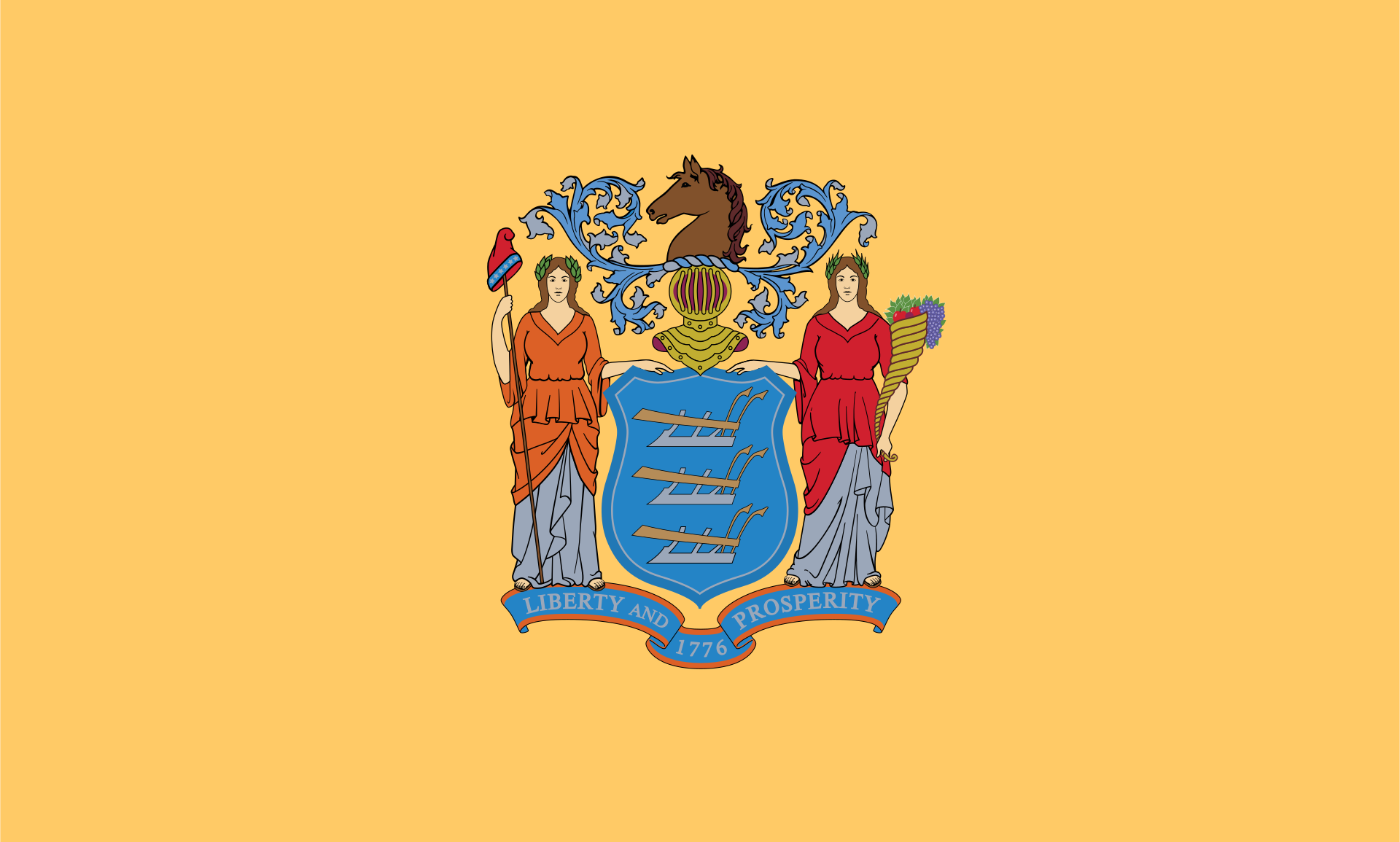 New jersey-NJ
New jersey-NJ

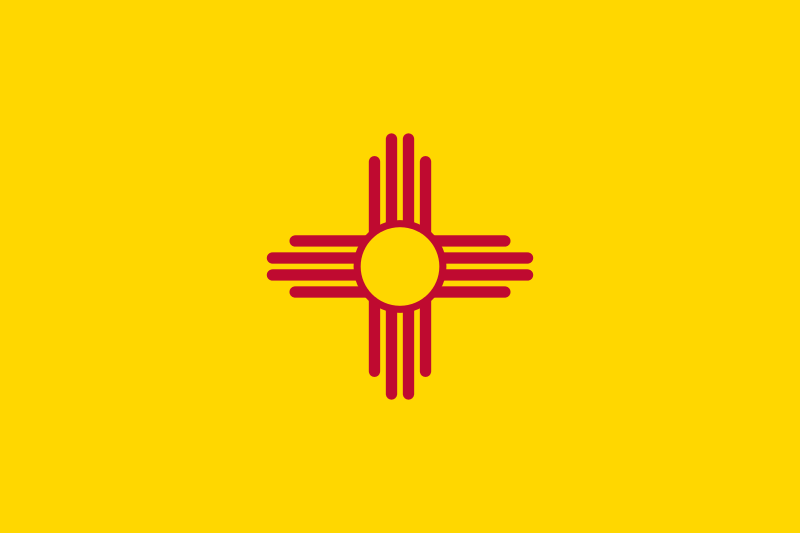 New mexico-NM
New mexico-NM

 New York-NY
New York-NY

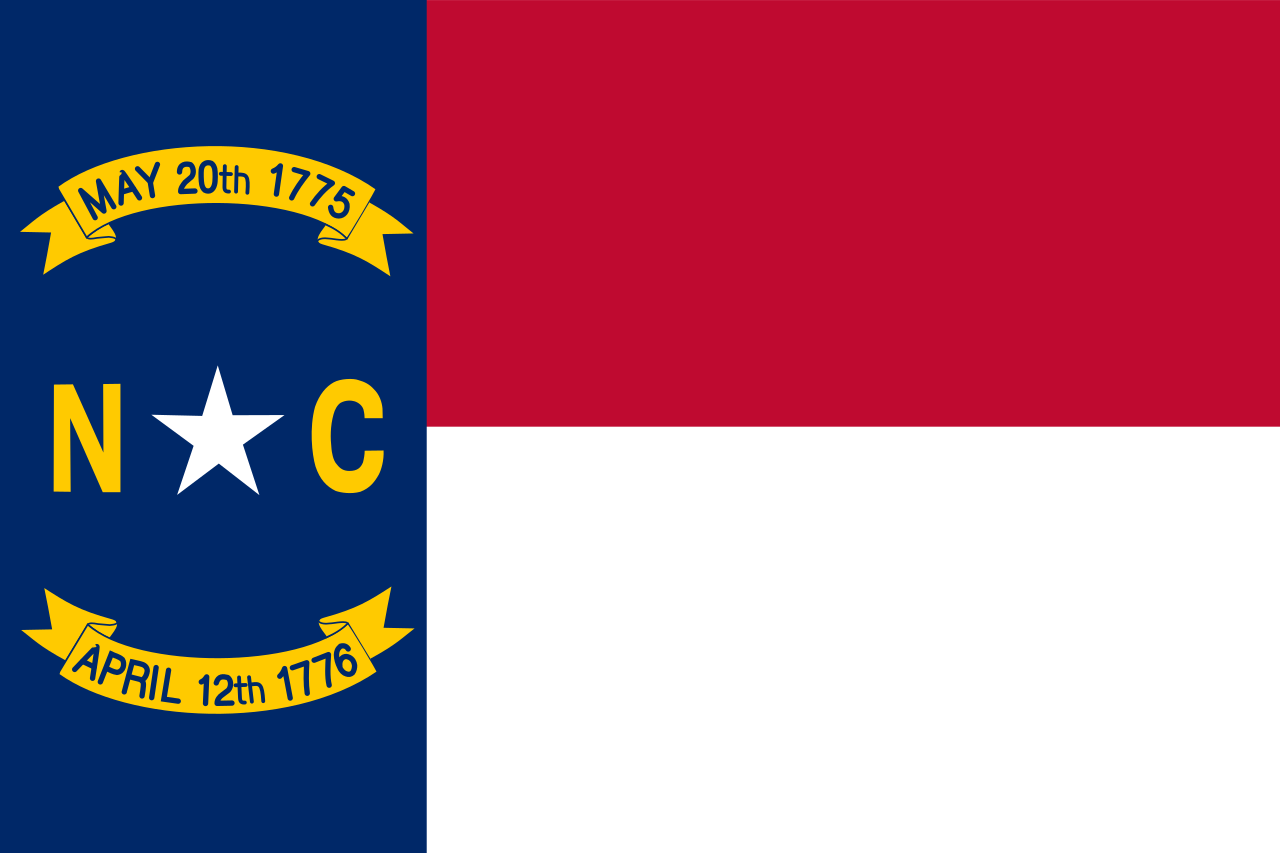 North Carolina-NC
North Carolina-NC

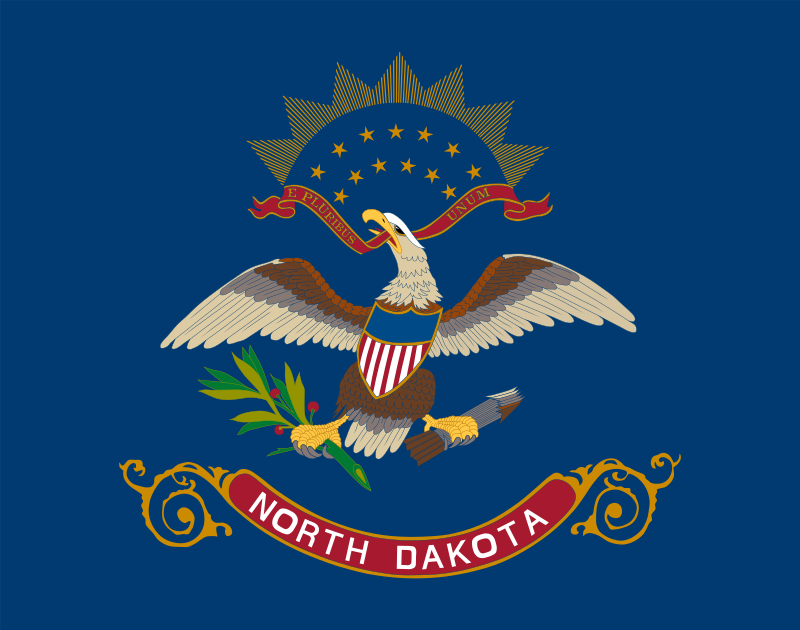 North Dakota-ND
North Dakota-ND

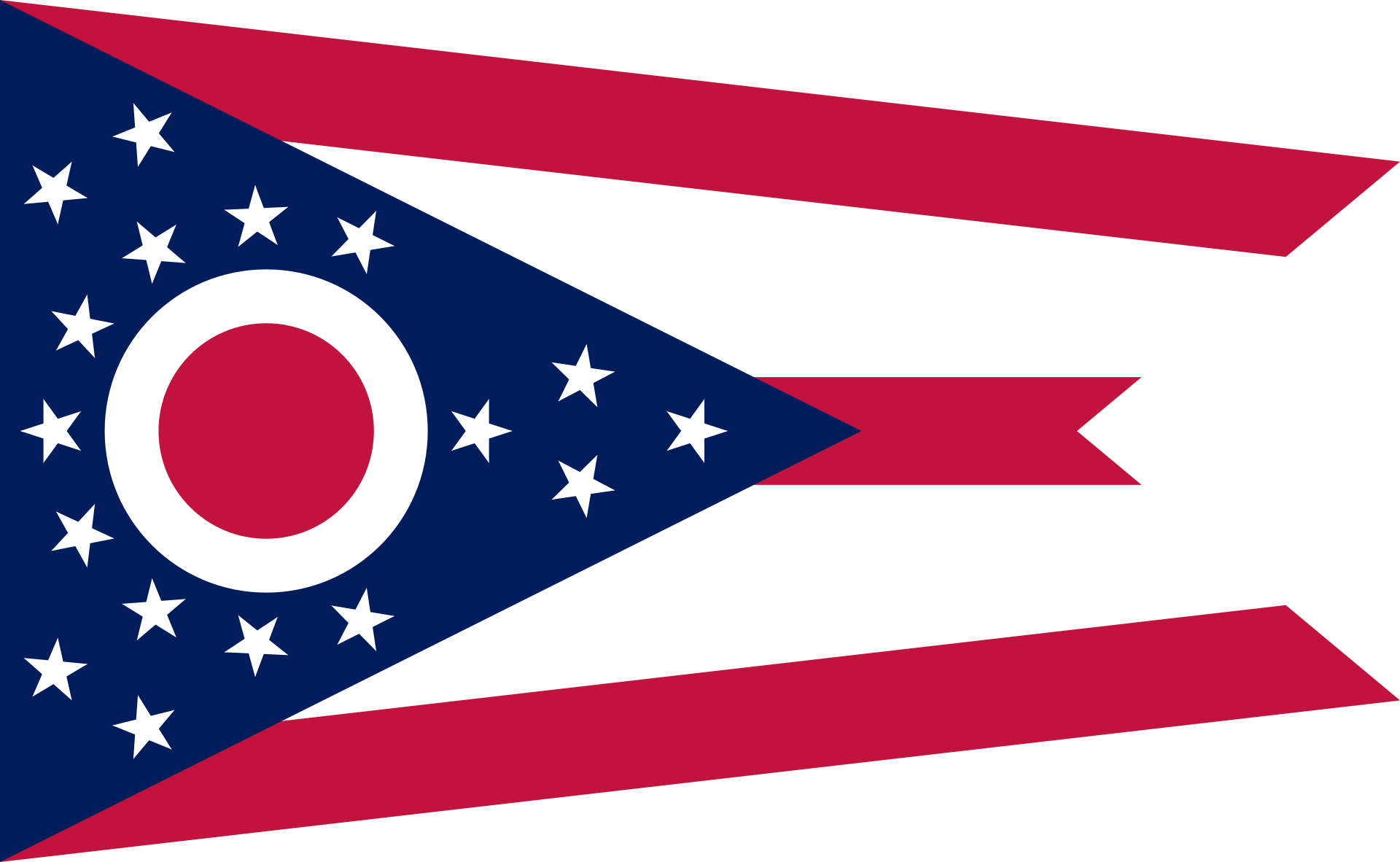 Ohio-OH
Ohio-OH

 Oregon-OR
Oregon-OR

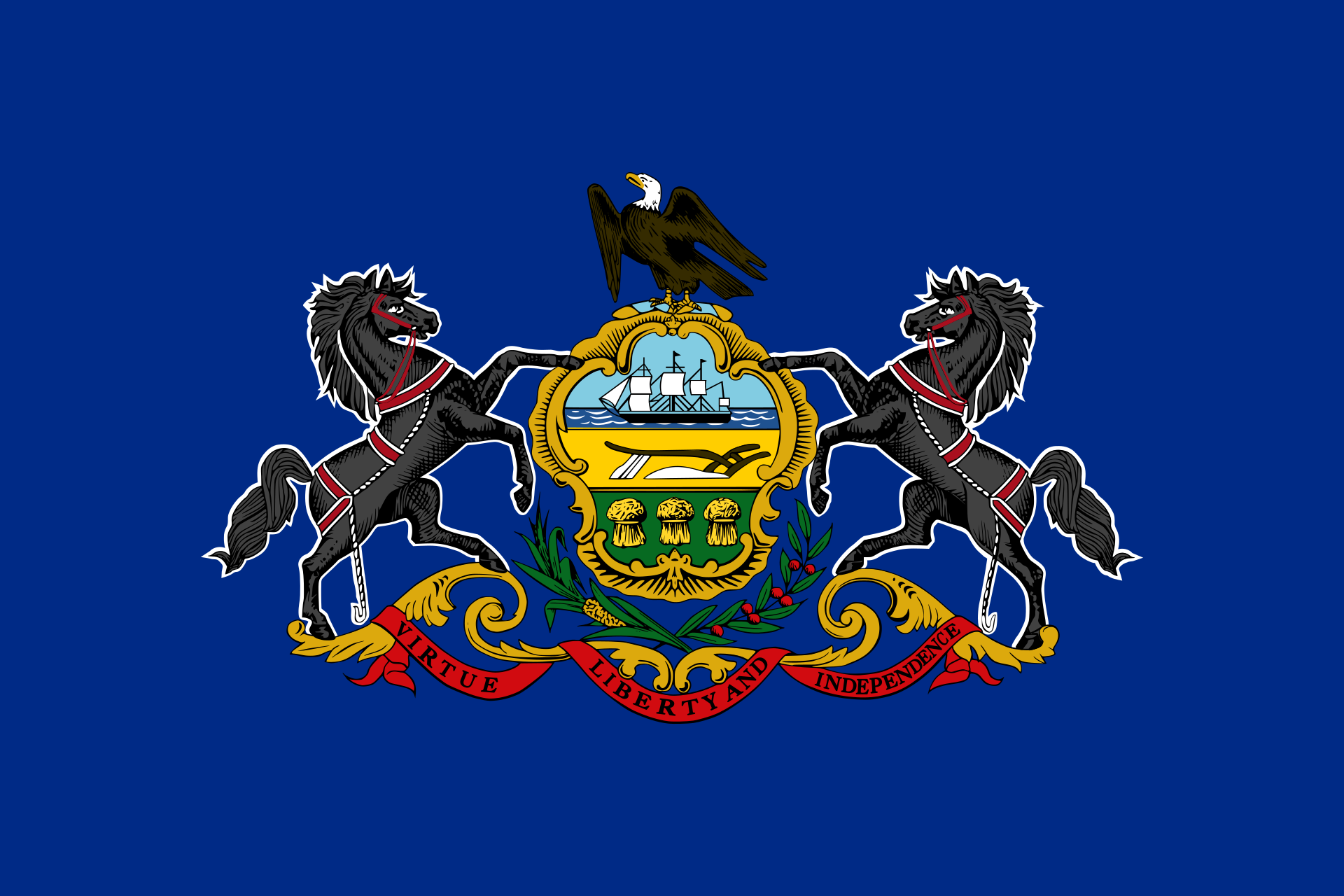 Pennsylvania-PA
Pennsylvania-PA

 Rhode Island-RI
Rhode Island-RI

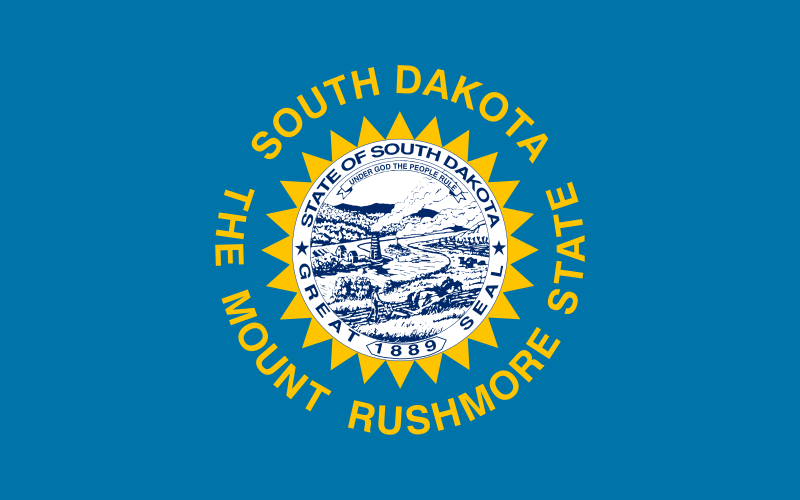 South Dakota-SD
South Dakota-SD

 Sport
Sport

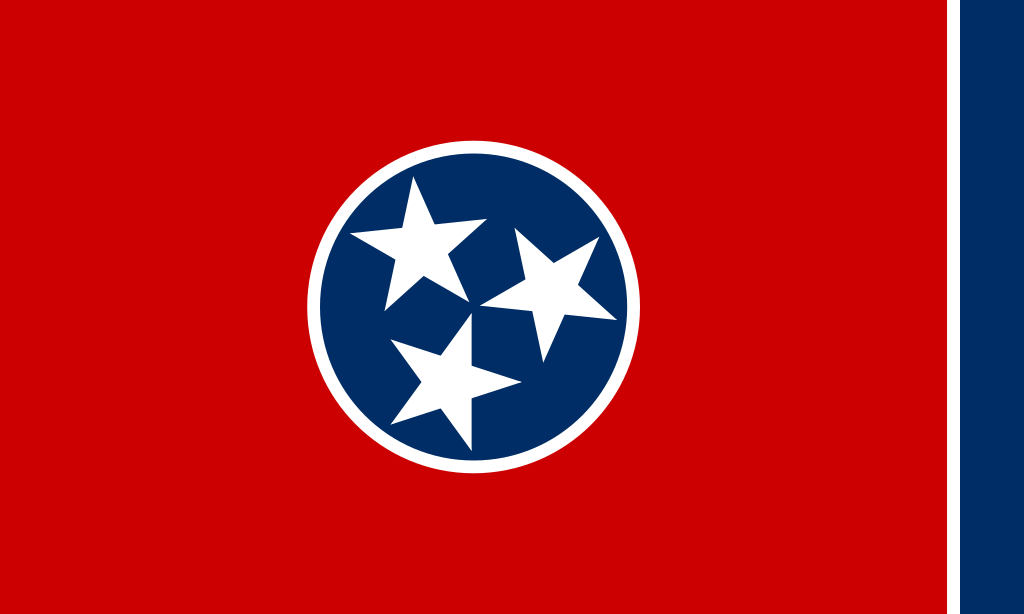 Tennessee-TN
Tennessee-TN

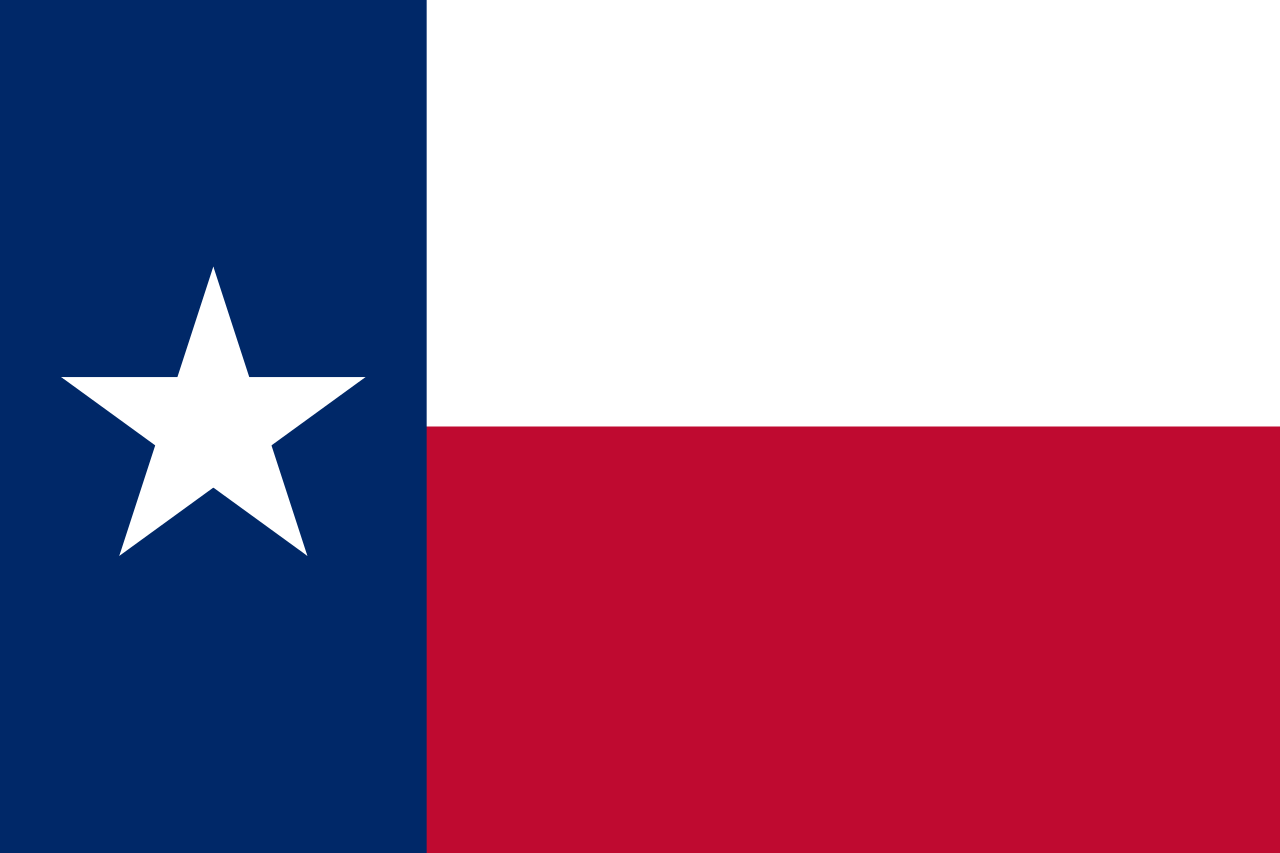 Texas-TX
Texas-TX

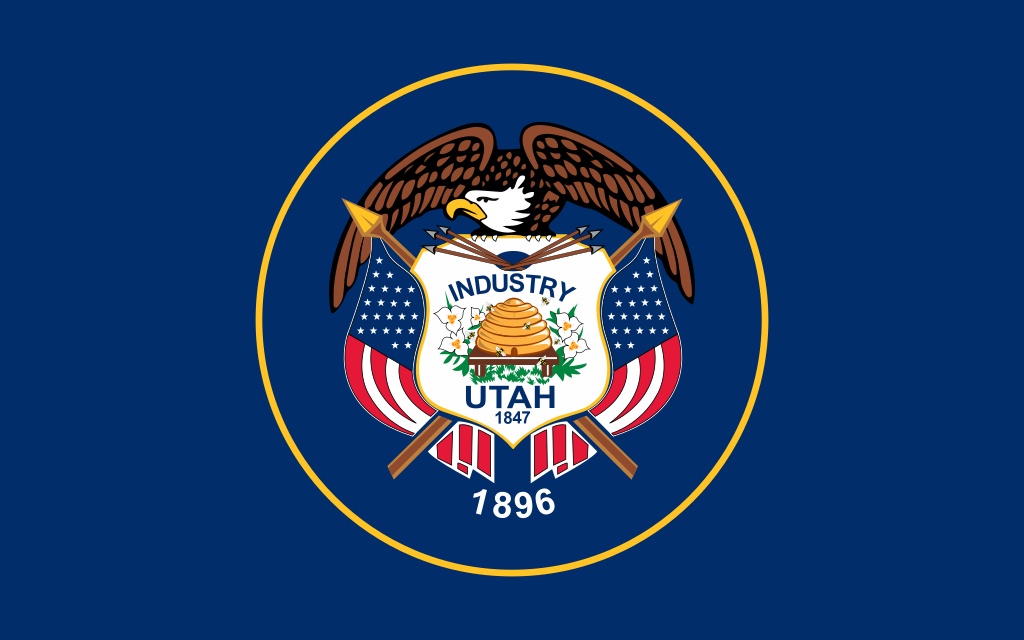 Utah-UT
Utah-UT
 United States
United States

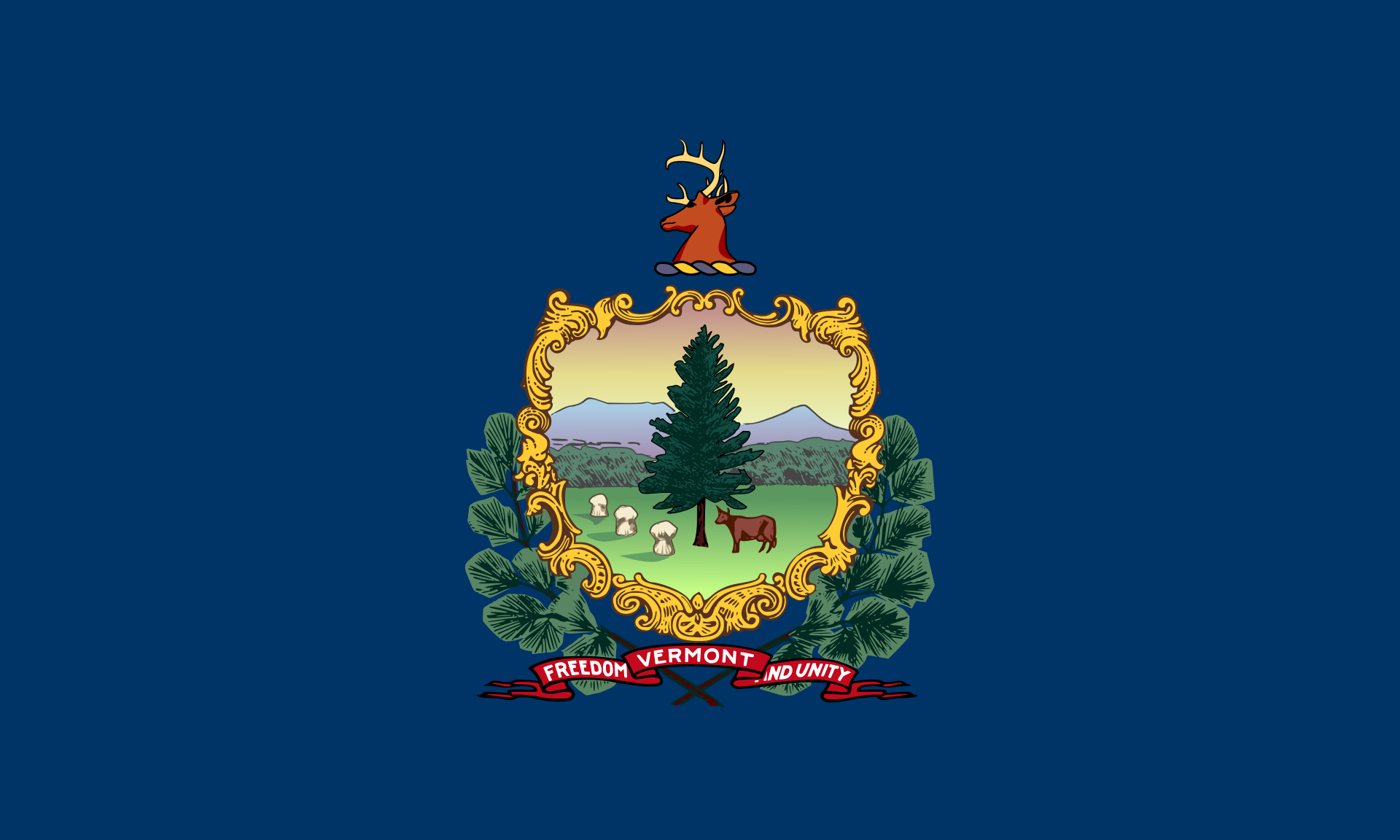 Vermont-VT
Vermont-VT

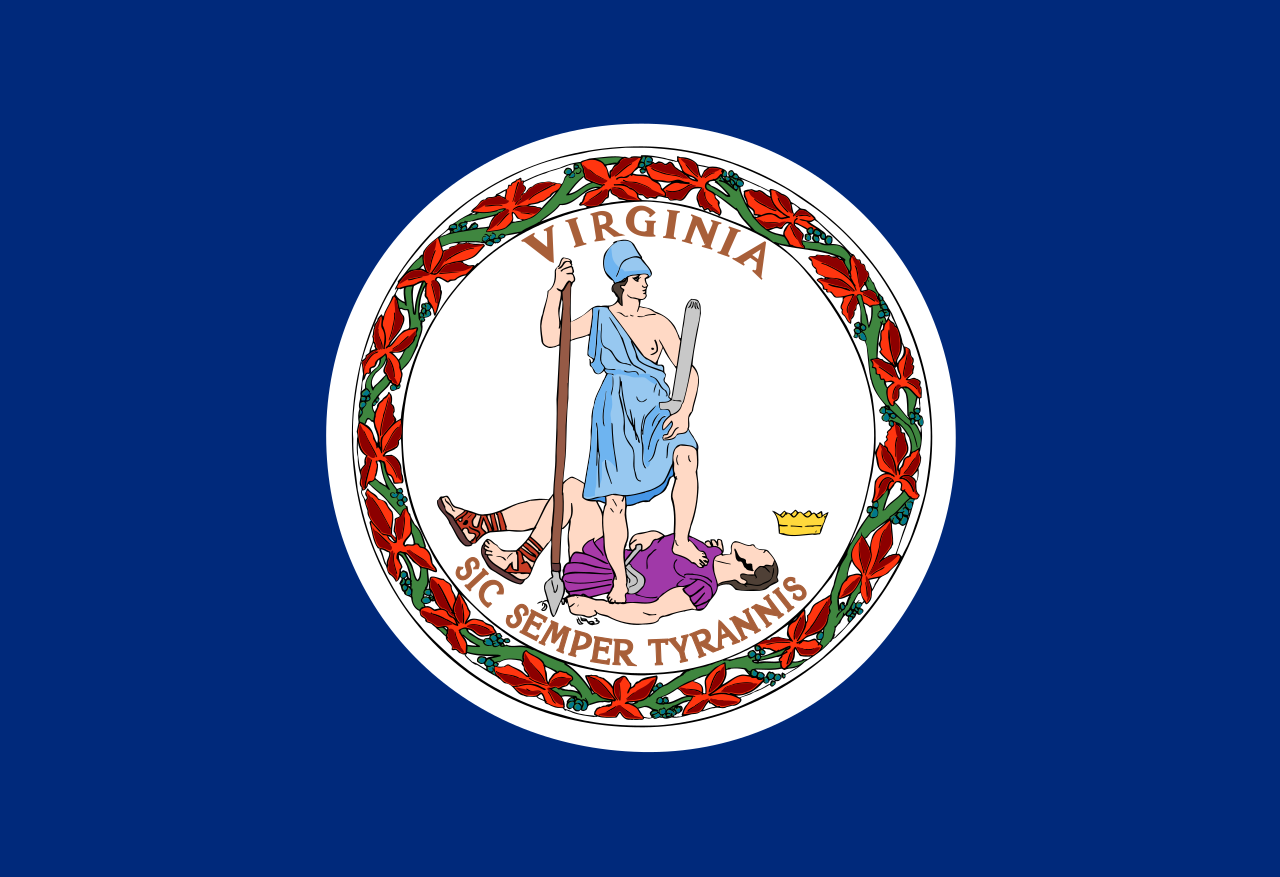 Virginia-VA
Virginia-VA

 Washington-WA
Washington-WA

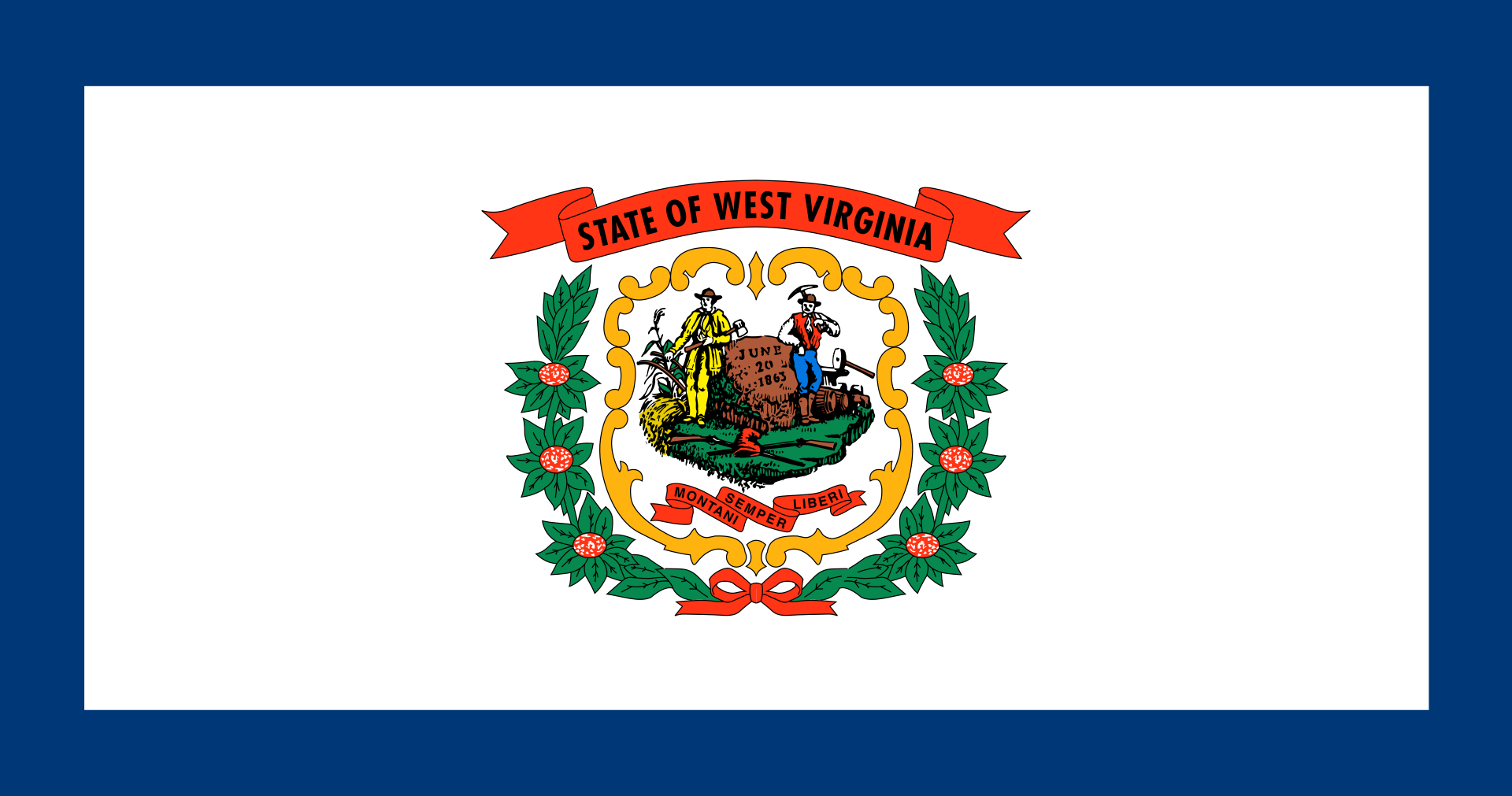 West Virginia-WV
West Virginia-WV

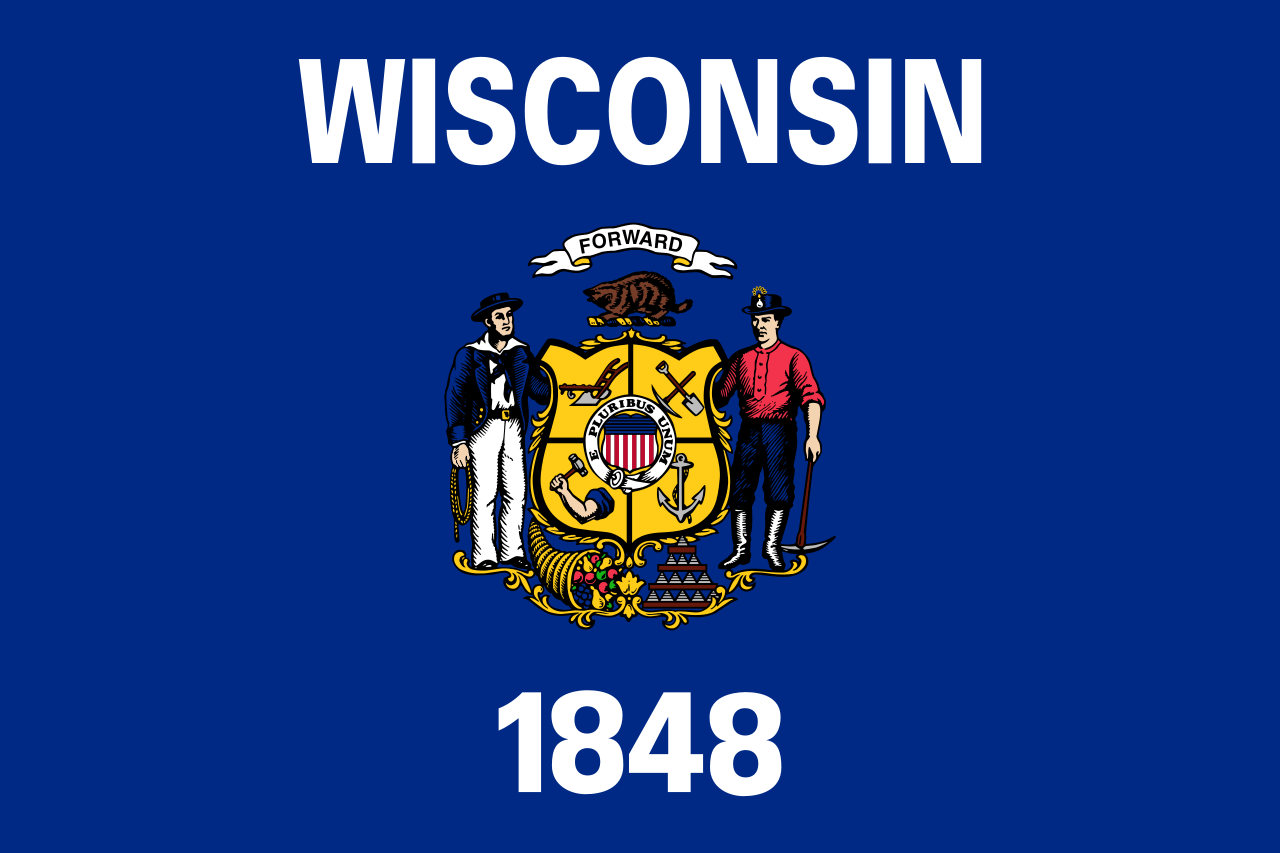 Wisconsin-WI
Wisconsin-WI

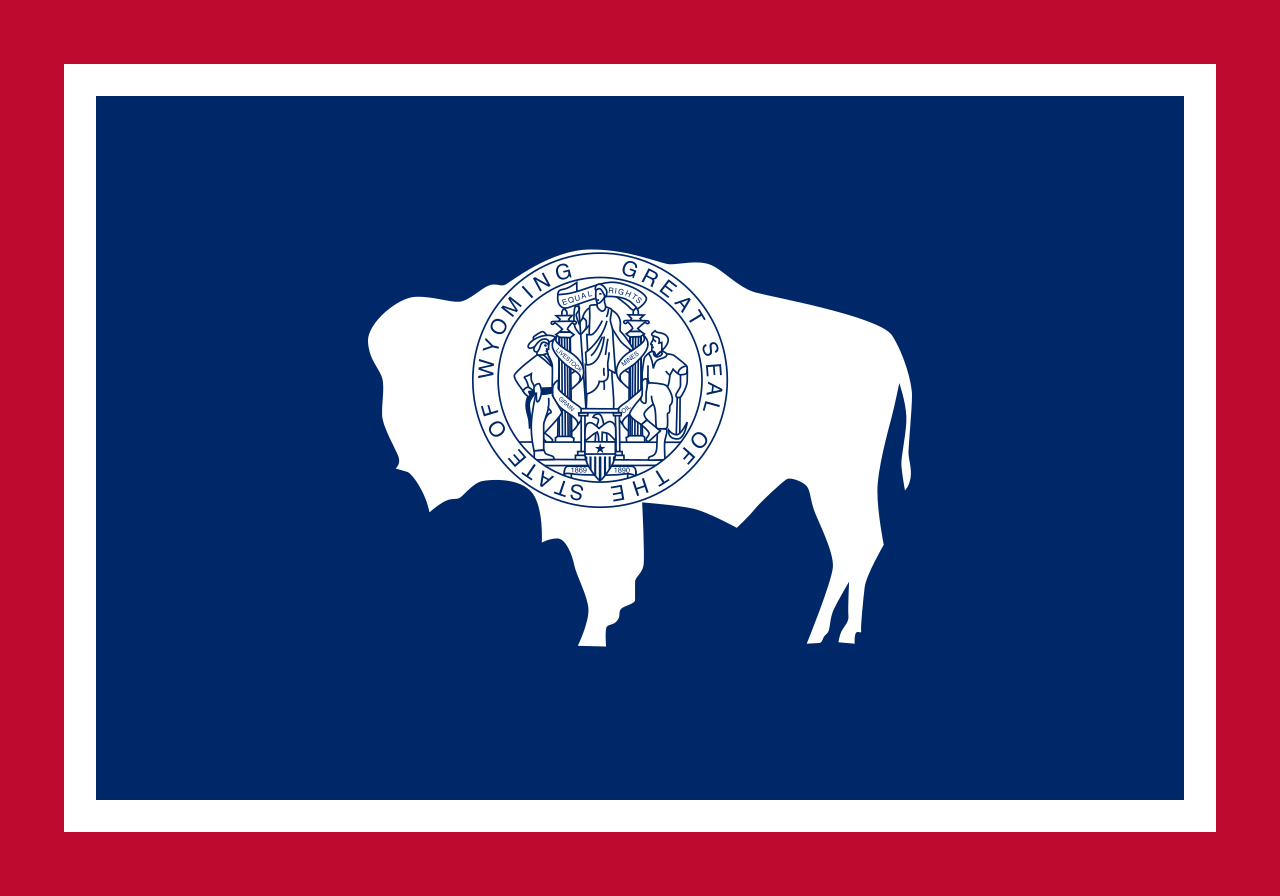 Wyoming-WY
Wyoming-WY
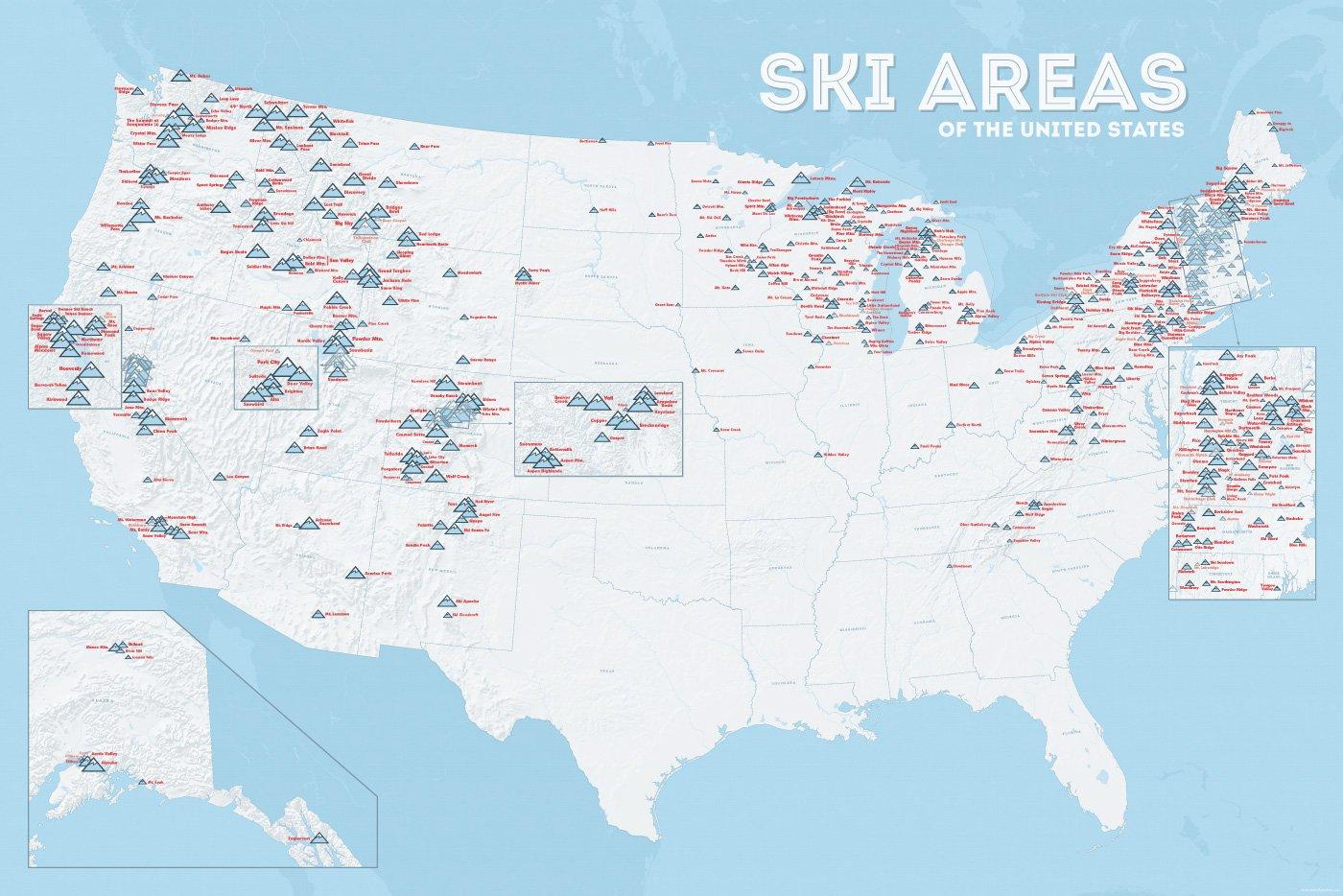
 Breakthrough Prize
Breakthrough Prize
 Fundamental Physics Breakthrough Prize
Fundamental Physics Breakthrough Prize
 Breakthrough Prize
Breakthrough Prize
 New Horizons in Physics Prize
New Horizons in Physics Prize

 California-CA
California-CA

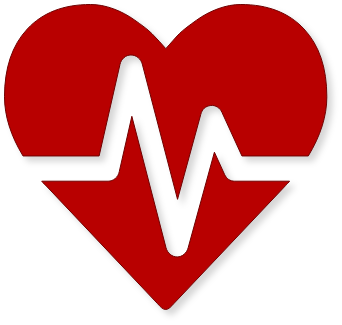 Medical, Pharmaceutical, Rehabilitation
Medical, Pharmaceutical, Rehabilitation
 Medical colleges/Research Institute
Medical colleges/Research Institute
 Nobel prize
Nobel prize
 Nobel Prize in Chemistry
Nobel Prize in Chemistry
 Nobel prize
Nobel prize
 Nobel Prize in Literature
Nobel Prize in Literature
 Nobel prize
Nobel prize
 Nobel Prize in Physics
Nobel Prize in Physics
 Nobel prize
Nobel prize
 Nobel Prize in Physiology or Medicine
Nobel Prize in Physiology or Medicine
 Nobel prize
Nobel prize
 Nobel Memorial Prize in Economic Sciences
Nobel Memorial Prize in Economic Sciences
 Nobel prize
Nobel prize
 University/Institute
University/Institute
 Sinology
Sinology

 Universities in the USA
Universities in the USA
 United States
United States
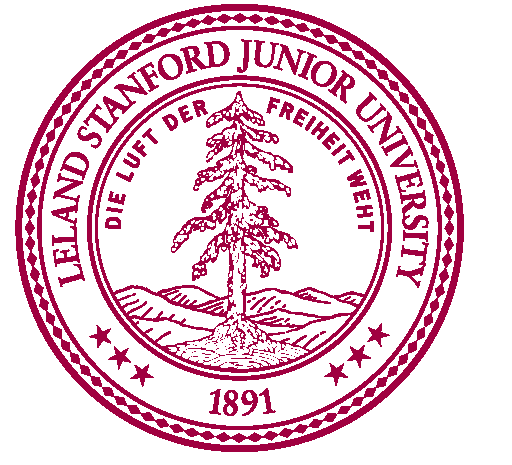
Stanford University, officially Leland Stanford Junior University,[13][14] is a private research university in Stanford, California. The campus occupies 8,180 acres (3,310 hectares), among the largest in the United States, and enrolls over 17,000 students.[15] Stanford is ranked among the top universities in the world.[16][17][18][19][20]
Stanford was founded in 1885 by Leland and Jane Stanford in memory of their only child, Leland Stanford Jr., who had died of typhoid fever at age 15 the previous year.[2] Leland Stanford was a U.S. senator and former governor of California who made his fortune as a railroad tycoon. The school admitted its first students on October 1, 1891,[2][3] as a coeducational and non-denominational institution. Stanford University struggled financially after the death of Leland Stanford in 1893 and again after much of the campus was damaged by the 1906 San Francisco earthquake.[21] Following World War II, provost Frederick Terman supported faculty and graduates' entrepreneurialism to build self-sufficient local industry in what would later be known as Silicon Valley.[22]
The university is organized around seven schools on the same campus: three schools consisting of 40 academic departments at the undergraduate level as well as four professional schools that focus on graduate programs in law, medicine, education, and business. The university also houses the public policy think tank, the Hoover Institution. Students compete in 36 varsity sports, and the university is one of two private institutions in the Division I FBS Pac-12 Conference. As of May 26, 2022, Stanford has won 131 NCAA team championships,[23] more than any other university, and was awarded the NACDA Directors' Cup for 25 consecutive years, beginning in 1994–1995.[24] In addition, by 2021, Stanford students and alumni had won at least 296 Olympic medals including 150 gold and 79 silver medals.[25]
As of April 2021, 85 Nobel laureates, 29 Turing Award laureates,[note 1] and eight Fields Medalists have been affiliated with Stanford as students, alumni, faculty, or staff.[46] In addition, Stanford is particularly noted for its entrepreneurship and is one of the most successful universities in attracting funding for start-ups.[47][48][49][50][51] Stanford alumni have founded numerous companies, which combined produce more than $2.7 trillion in annual revenue and have created 5.4 million jobs as of 2011, roughly equivalent to the 7th largest economy in the world (as of 2020).[52][53][54] Stanford is the alma mater of U.S. President Herbert Hoover, 74 living billionaires, and 17 astronauts.[55] It is also one of the leading producers of Fulbright Scholars, Marshall Scholars, Rhodes Scholars, and members of the United States Congress.[56]
Stanford University was founded in 1885 by Leland and Jane Stanford, dedicated to the memory of Leland Stanford Jr, their only child. The institution opened in 1891 on Stanford's previous Palo Alto farm.
Jane and Leland Stanford modeled their university after the great eastern universities, most specifically Cornell University in Ithaca, New York. Stanford was referred to as the "Cornell of the West" in 1891 due to a majority of its faculty being former Cornell affiliates (professors, alumni, or both), including its first president, David Starr Jordan, and second president, John Casper Branner. Both Cornell and Stanford were among the first to make higher education accessible, non-sectarian, and open to women as well as men. Cornell is credited as one of the first American universities to adopt that radical departure from traditional education, and Stanford became an early adopter as well.[58]
From an architectural point of view, the Stanfords, particularly Jane, wanted their university to look different from the eastern ones, which had often sought to emulate the style of English university buildings. They specified in the founding grant[59] that the buildings should "be like the old adobe houses of the early Spanish days; they will be one-storied; they will have deep window seats and open fireplaces, and the roofs will be covered with the familiar dark red tiles". This guides the campus buildings to this day. The Stanfords also hired renowned landscape architect Frederick Law Olmsted, who previously designed the Cornell campus, to design the Stanford campus.
When Leland Stanford died in 1893, the continued existence of the university was in jeopardy due to a federal lawsuit against his estate, but Jane Stanford insisted the university remain in operation throughout the financial crisis.[60][61] The university suffered major damage from the 1906 San Francisco earthquake; most of the damage was repaired, but a new library and gymnasium were demolished, and some original features of Memorial Church and the Quad were never restored.[62]
During the early 20th century, the university added four professional graduate schools. Stanford University School of Medicine was established in 1908 when the university acquired Cooper Medical College in San Francisco;[63] it moved to the Stanford campus in 1959.[64] The university's law department, established as an undergraduate curriculum in 1893, was transitioned into a professional law school starting in 1908, and received accreditation from the American Bar Association in 1923.[65] The Stanford Graduate School of Education grew out of the Department of the History and Art of Education, one of the original 21 departments at Stanford, and became a professional graduate school in 1917.[66] The Stanford Graduate School of Business was founded in 1925 at the urging of then-trustee Herbert Hoover.[67] In 1919, The Hoover Institution on War, Revolution and Peace was started by Herbert Hoover to preserve artifacts related to World War I. The SLAC National Accelerator Laboratory (originally named the Stanford Linear Accelerator Center), established in 1962, performs research in particle physics.[68]
In the 1940s and 1950s, engineering professor and later provost Frederick Terman encouraged Stanford engineering graduates to invent products and start their own companies.[69] During the 1950s he established Stanford Industrial Park, a high-tech commercial campus on university land.[70] Also in the 1950s William Shockley, co-inventor of the silicon transistor, recipient of the 1956 Nobel Prize for Physics, and later professor of physics at Stanford, moved to the Palo Alto area and founded a company, Shockley Semiconductor Laboratory. The next year eight of his employees resigned and formed a competing company, Fairchild Semiconductor. The presence of so many high-tech and semiconductor firms helped to establish Stanford and the mid-Peninsula as a hotbed of innovation, eventually named Silicon Valley after the key ingredient in transistors.[71] Shockley and Terman are often described, separately or jointly, as the "fathers of Silicon Valley".[72][73]
Stanford in the 1960s rose from a regional university to one of the most prestigious in the United States, "when it appeared on lists of the "top ten" universities in America… This swift rise to performance [was] understood at the time as related directly to the university's defense contracts…"[74]
In the following decades however controversies would damage the reputation of the school. The 1971 Stanford prison experiment was criticized as unethical,[75] and the misuse of government funds from 1981 resulted in severe penalties to the school's research funding[76][77] and the resignation of Stanford President Donald Kennedy in 1992.
Research centers and institutes
Stanford is classified among "R1: Doctoral Universities – Very high research activity."[145] The university's research expenditure in fiscal year 2021 was $1.69 billion and total sponsored projects was 7,900+.[149] As of 2016 the Office of the Vice Provost and Dean of Research oversaw eighteen independent laboratories, centers, and institutes. Dr. Kathryn Ann Moler are the key person for leading those research centers for choosing problems, faculty members, and students. Funding is also provided for undergraduate and graduate students by those labs, centers, and institutes for collaborative research.[150]
Other Stanford-affiliated institutions include the SLAC National Accelerator Laboratory (originally the Stanford Linear Accelerator Center), the Stanford Research Institute (an independent institution which originated at the university), the Hoover Institution (a conservative[151] think tank) and the Hasso Plattner Institute of Design (a multidisciplinary design school in cooperation with the Hasso Plattner Institute of University of Potsdam that integrates product design, engineering, and business management education).[citation needed]
Stanford is home to the Martin Luther King Jr. Research and Education Institute which grew out of and still contains the Martin Luther King Jr. Papers Project, a collaboration with the King Center to publish the King papers held by the King Center.[152] It also runs the John S. Knight Fellowship for Professional Journalists and the Center for Ocean Solutions, which brings together marine science and policy to address challenges facing the ocean. It focuses mainly 5 points, such as climate change, overfishing, coastal development, pollution and plastics.[153]
Together with UC Berkeley and UC San Francisco, Stanford is part of the Biohub, a new medical science research center founded in 2016 by a $600 million commitment from Facebook CEO and founder Mark Zuckerberg and pediatrician Priscilla Chan. This medical research center is working for designing advanced-level health care units.
 Geography
Geography
 Architecture
Architecture
 Exhibition
Exhibition
 Ski vacation
Ski vacation
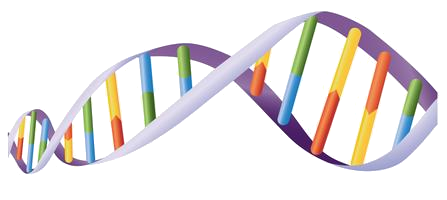 Science and technology
Science and technology